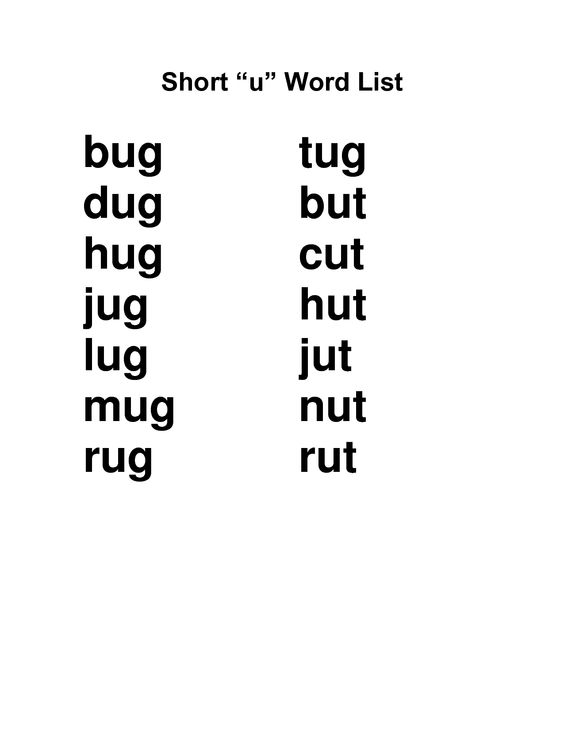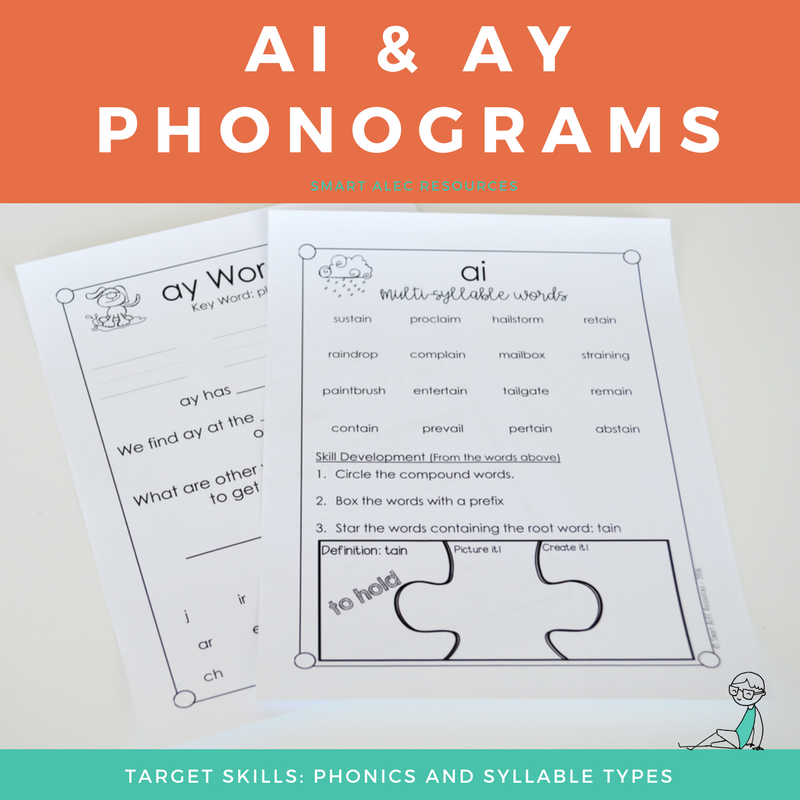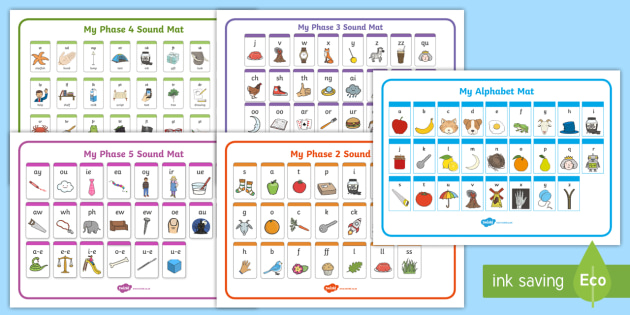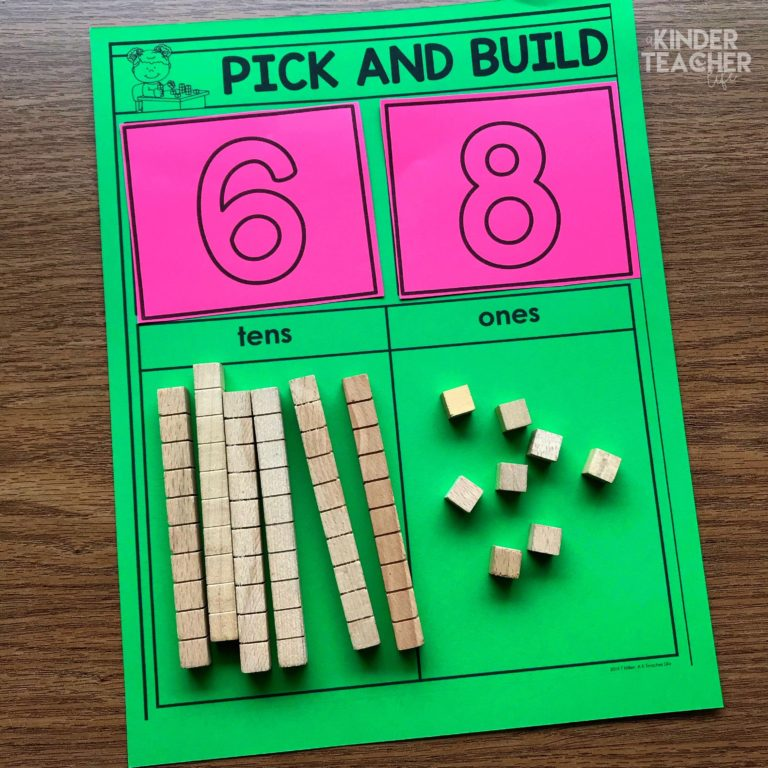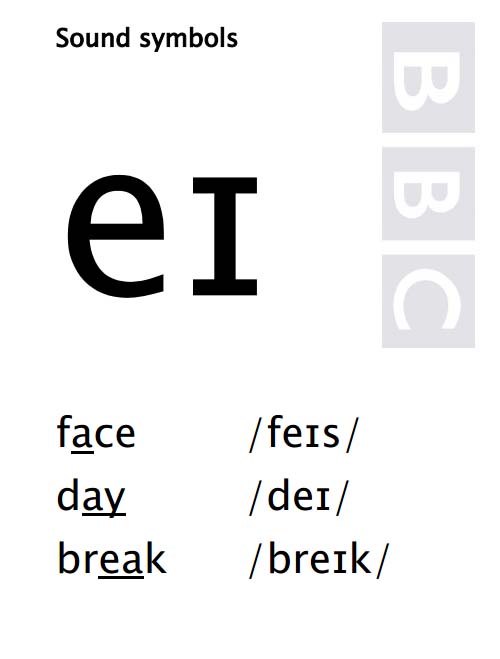Long a vowel sounds list
Long Vowel Sounds: Word Lists & Activities
Phonics | Spelling
ByDelilah Orpi
This post may contain affiliate links, and I will earn a commission if you purchase through these links. Please read the disclosure policy for more details.
Sharing is caring!
- Share
- Tweet
In this post, I’m breaking down long vowel sounds (or long vowel words) to help you teach them when working with struggling readers and spellers.
Looking for long vowel word lists? Download all 5 of my pdf long vowel sounds word lists in my freebies library by joining my email list below.
What is a long vowel sound?
Long vowel sounds are vowels that are pronounced the same as their name. You’ll often hear teachers say that long vowels “say their name”.
Long vowels are very common but they can be tricky because there are so many spellings for each long vowel sound.
There are actually 4 ways to make long vowel sounds:
- Vowels at the end of a syllable make the long sound.
For example, in the words me and halo (ha-lo) the vowels are all at the end of a syllable so they make the long sound.
- Silent e makes the previous vowel long. The words bike and phone have a silent e at the end that makes the previous vowel long.
- Vowel teams can make the long sound. Vowel teams work together to make one sound, and usually, it’s a long vowel sound. For example, boat and meat both have vowel teams that make the long sound.
- I or O can be long when they come before two consonants. In words like cold and mind, i and o make a long vowel sound.
Long Vowel Words
Long vowel sound words are words that have vowels that say their name.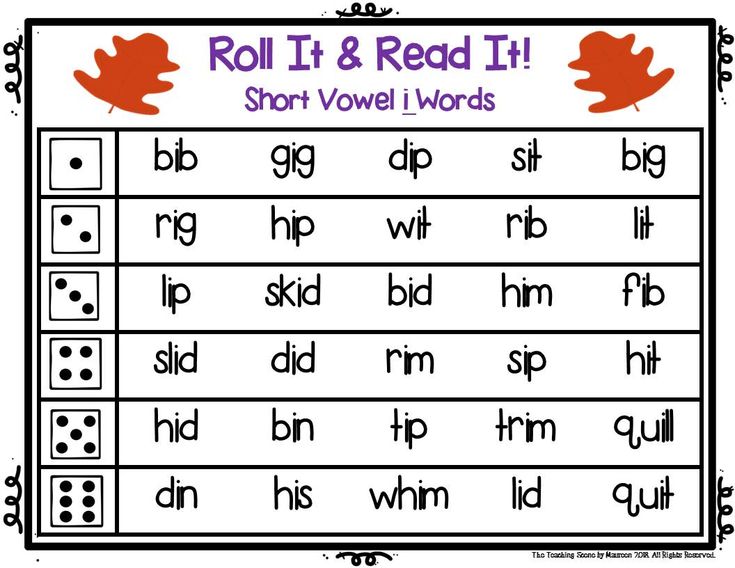 Below are a few examples:
Below are a few examples:
- Long a – baby, cake, rain, day, they, weigh
- Long e – me, eve, hear, meet, piece, candy
- Long i – silent, bike, light, my
- Long o – go, home, toe, boat, snow
- Long u – music, mule, pew, feud
Long A Sound
The long a sound can be represented by 8 different spelling patterns:
- a – baby
- a_e – cake
- ai – rain
- ay – play
- ei – reindeer
- eigh – weight
- ea – steak
- ey – they
Learn more about teaching the long a sound here, and check out my Long A Words Activities & Worksheets for printable activities.
Long E Sound
The long e sound can be represented by 8 different spelling patterns:
- e – be
- e_e – eve
- ee – meet
- ea – beach
- ei – protein
- ie – piece
- ey – key
- y – candy
For ideas, tips, and tricks when teaching the long e sound, read this post all about teaching the long e vowel sound, and check out my Long E Words Activities & Worksheets
for printable activities.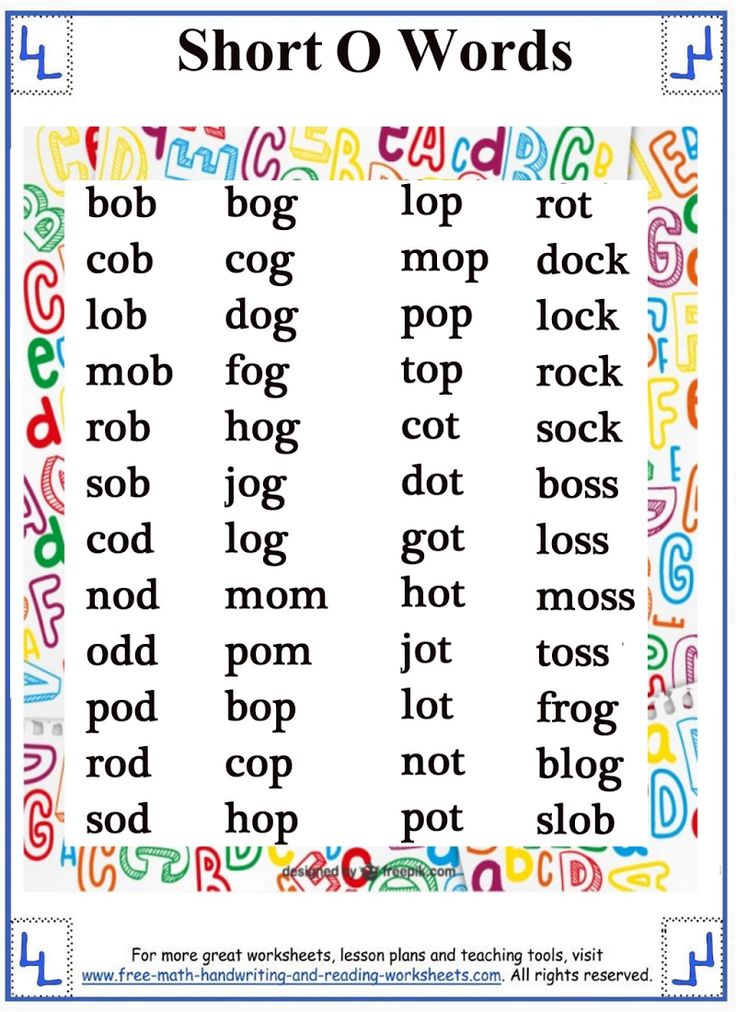
Long I Sound
The long i sound can be represented by 6 different spelling patterns:
- i – silent
- i_e – shine
- ie – pie
- igh – light
- y – my
- y_e – type
You can learn more about teaching the long I sound in this post. And check out my Long I Worksheets set in my shop for printable activities on the long i sound.
Long O Sound
The long o sound can be represented by 5 different spelling patterns:
- o – go
- o_e – phone
- oe – toe
- oa – boat
- ow – snow
You can learn more about teaching long o words and check out my long o worksheets.
Long U Sound
The long u has two sounds: yoo (/y/ /oo/) and oo (/oo/).
The long u sound can be represented by 7 different spelling patterns:
- u – music
- u_e – mule
- ue – rescue
- eu – feud
- ew – few
- oo – food
- ou – soup
Learn more about teaching the long u sound here.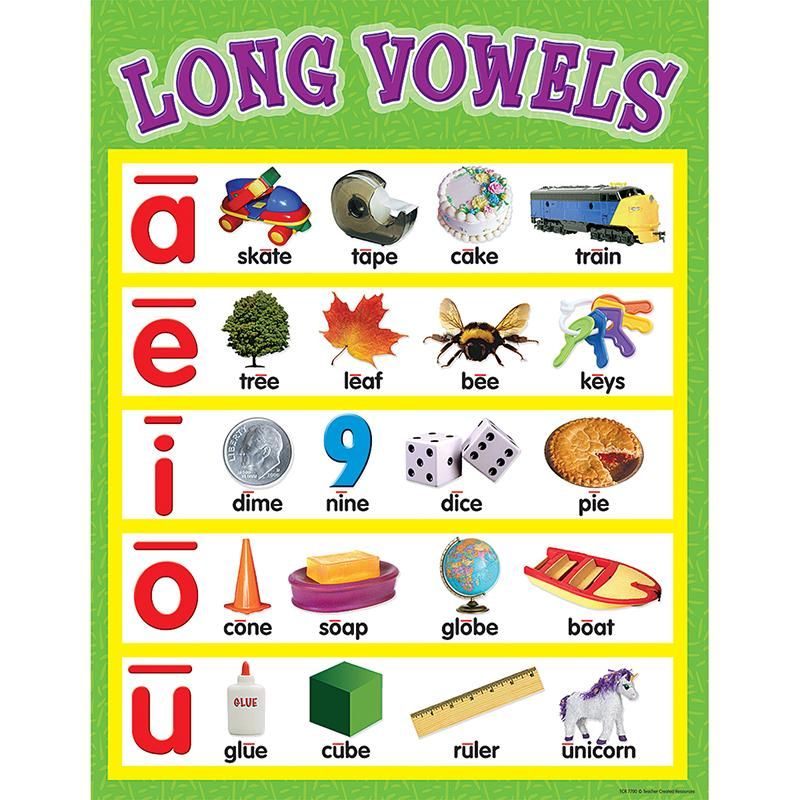
Tips for teaching the long vowel sounds
Teach one spelling pattern at a time!
I don’t mean one vowel sound, but just one spelling pattern. So for example, if you’re working on long a, you would work on the spelling pattern a silent e (cake, same, cave) until students have mastered it, then move on to ai, and so on. You should not be teaching multiple spelling patterns together, even though they make the same sound.
I know that most programs out there combine all the long vowel sound spelling patterns into one lesson, especially in spelling lists, but this does not work for struggling readers. You need to break it down for them and only do one at a time.
Teach the syllable types.
Because syllables have a lot to do with whether vowels make the short or long sound, if students do not already know the 6 syllable types then teach them along with the long vowel sound.
Here are resources for each syllable type:
- closed syllable
- open syllable
- final silent e syllable
- vowel team syllable
- r combination syllable
- consonant le syllable
Use a variety of activities to practice each spelling pattern.
Games, dictation, word sorts, memory or matching with flashcards, word hunts, textured writing, body spelling, and bingo are all fun ways to practice the long vowel sounds.
The main activity that is often overlooked is dictation. It seems so simple but the task involves listening to a word, deciding on the spelling, and transferring that info to written form. These are all skills that struggling readers need to practice.
Teach the spelling generalizations.
Some of the long vowel spelling patterns are spelling rules that make it easy to remember.
For example, ai is usually found at the beginning or middle of a syllable, and ay is usually found at the end of a syllable. [Examples: rain, aim, play, daytime]
Here is another example with long o: oa is usually found at the beginning or middle of a word, and ow is usually found at the end. [Examples: boat, coach, snow]
Long Vowel Word List
I made these word lists to help teach the long vowels.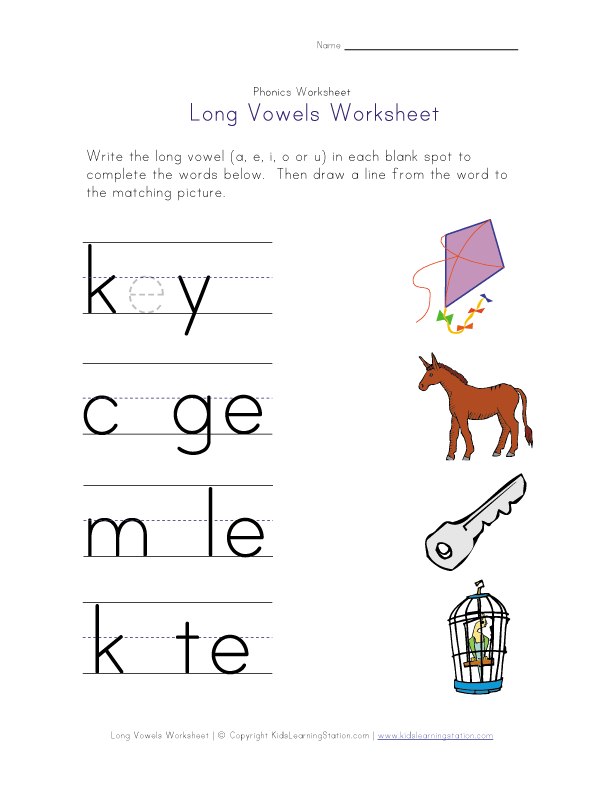 I find it handy to have these on hand when playing phonics games or planning activities for long vowel lessons.
I find it handy to have these on hand when playing phonics games or planning activities for long vowel lessons.
Grab them for free below!
Visit my Teachers Pay Teachers shop to see all my literacy products.Want to remember this? Save Long Vowel Sounds: Word Lists & Activities to your favorite Pinterest board!
Sharing is caring!
- Share
- Tweet
Delilah Orpi
Delilah Orpi is the owner and founder of Thrive Literacy Corner. She has a Bachelor's degree in Special Education, a Master's degree in TESOL, and is a member of the International Dyslexia Association. She is an experienced educator and literacy specialist trained in Orton Gillingham and Lindamood Bell. Delilah creates literacy resources for educators and parents and writes to create awareness about dyslexia and effective literacy instruction based on the science of reading.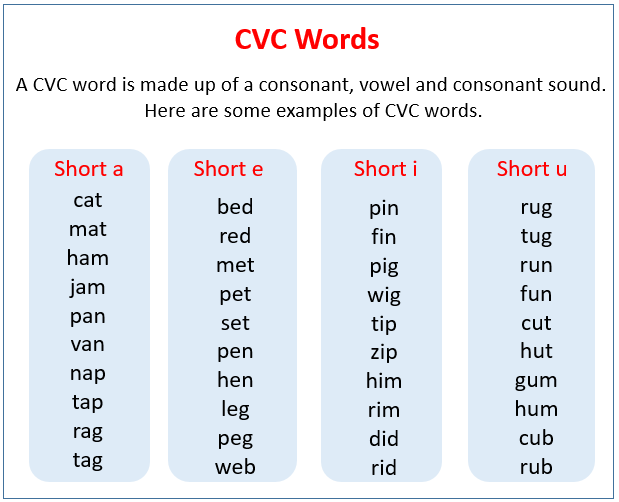
Similar Posts
Phonics | Spelling
Blends and Digraphs: How To Teach Them
ByDelilah Orpi
What are blends and digraphs? And what’s the best way to teach them? There are very common questions I get all the time so in this post, I’m talking all about consonant blends and digraphs, how to teach them, and providing you with some free word lists and resources too! Consonant Blends Consonant blends are…
Read More Blends and Digraphs: How To Teach ThemContinue
Phonics | Spelling
All About The Vowel Team Syllable (Vowel Digraphs & Vowel Diphthongs)
ByDelilah Orpi
Continuing with my syllable series, learn what a vowel team syllable is and how to teach it using multisensory methods.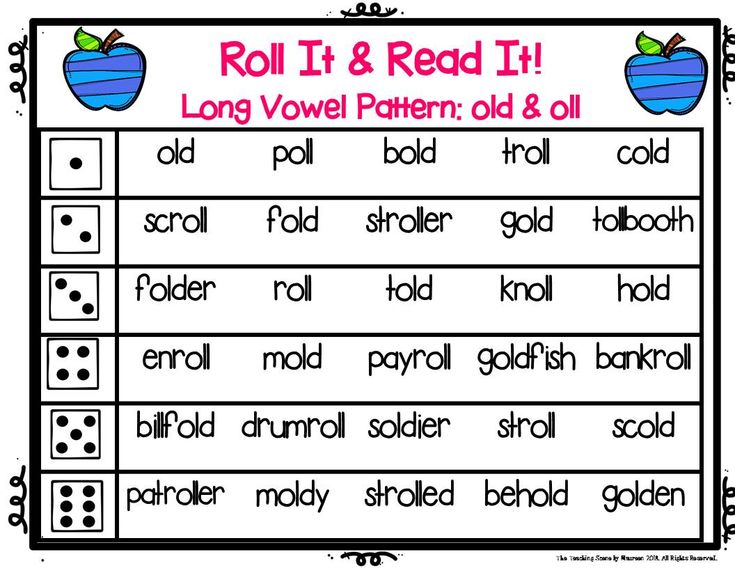 You can find all my syllable posts here. And you can read The 6 Types of Syllables here, where I explain what a syllable is, how to count syllables, and go over the 6 syllable types. What is…
You can find all my syllable posts here. And you can read The 6 Types of Syllables here, where I explain what a syllable is, how to count syllables, and go over the 6 syllable types. What is…
Read More All About The Vowel Team Syllable (Vowel Digraphs & Vowel Diphthongs)Continue
Phonics
Syllable Division Rules: How To Divide Words Into Syllables
ByDelilah Orpi
Are you confused about how to divide words into syllables? Or maybe you’re not sure exactly how to teach your students the syllable division rules. It can be tricky, but with a few simple rules, you’ll be able to do it like a pro. In this blog post, we will discuss the most common ways…
Read More Syllable Division Rules: How To Divide Words Into SyllablesContinue
Phonics | Spelling
Heart Words: The New Science-Backed Way To Teach High Frequency Words
ByDelilah Orpi
If you’re looking for effective high frequency word instruction, then the Heart Word Method is exactly what you want.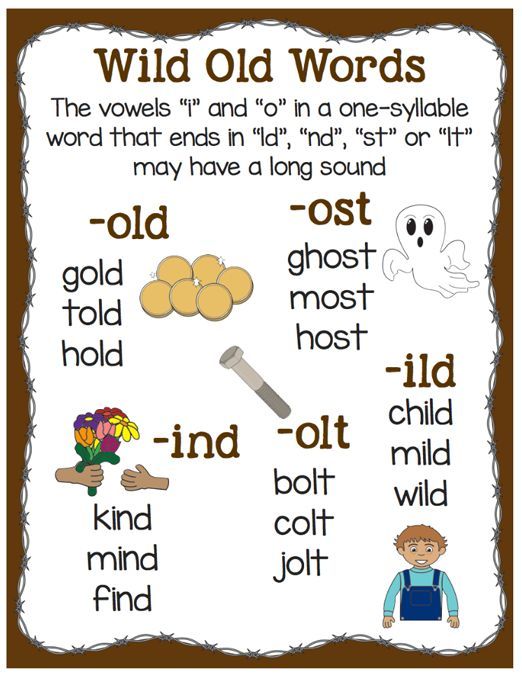 This method will transform your sight word instruction and your students will thank you for it. Read on to find out what heart words are, how to teach them, and why you should be teaching high…
This method will transform your sight word instruction and your students will thank you for it. Read on to find out what heart words are, how to teach them, and why you should be teaching high…
Read More Heart Words: The New Science-Backed Way To Teach High Frequency WordsContinue
Phonics | Spelling
All About The Closed Syllable
ByDelilah Orpi
Learn what a closed syllable is and how to teach it in this second post of my syllable series. In this series, I share how to teach students the syllable rules and patterns using multisensory methods. If you missed the first post, you can read The 6 Types of Syllables here. There I explain what…
Read More All About The Closed SyllableContinue
Long Vowel Sounds
lucyteachchildrenLeave a comment
The English Language is created through the different combinations of 44 sounds (phonemes), 20 vowels and 24 consonants.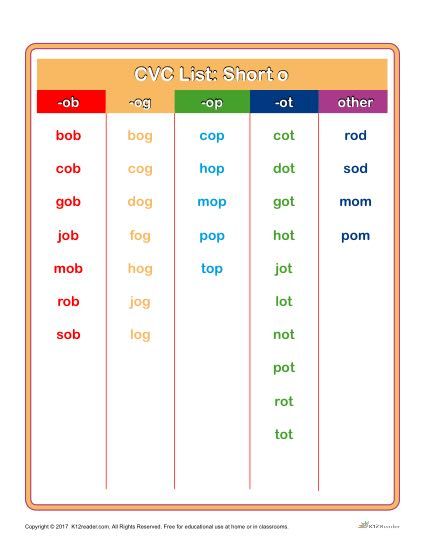 In our written language we refer to the letters of the alphabet as being consonant or vowel letters depending on which type of sound they are representing.
In our written language we refer to the letters of the alphabet as being consonant or vowel letters depending on which type of sound they are representing.
Vowel sounds allow the air to flow freely, causing the chin to drop noticeably, whilst consonant sounds are produced by restricting the air flow.
Vowel sounds are usually (in the UK Education System) split into two main categories based on sound quality:
- ‘Short’ vowel sounds, due to the short duration of the sound being made. The sound cannot be held onto without becoming distorted
- ‘Long’ vowel sounds, due to the length of their pronunciation. These can often be held without distorting their sound.
The letters of the alphabet that we normally associate as being the vowel letters are: a, e, i, o and u. The letter ‘y’ is sometimes referred to as an honorary or semi vowel as it is used to replace one of the other vowel letters in words such as: fly, shy, why or my.
All words in the English language have at least one vowel sound in them so the written version must have at least one vowel letter in it.
Consonant sounds are made (produced) when the air flow is being restricted in some way, for example, changes in tongue position resulting in the mouth not opening as wide. This means that the jaw doesn’t drop noticeably, which is different to vowel sounds.
The letters of the alphabet that usually represent the consonant sounds are: b, c, d, f, g, h, j, k, l, m, n, p, q, r, s, t, v, w, x, y, z.
Phonological AwarenessAlphabet Knowledge, Consonant Letters, Consonant Sounds, Consonants, Long Vowel Sounds, Short Vowel Sounds, Vowel Letters, VowelslucyteachchildrenLeave a comment
A couple of weeks ago we explained that there are 20 vowel sounds in the English (UK) sound system and a after that we looked at the 7 ‘short’ vowel sounds. This week we are taking a look at the remaining 13 ‘long’ vowel sounds.
Here at Teach Phonics we split them in to two groups: 7 ‘long’ vowel sounds and 6 ‘long ‘R’ controlled’ vowel sounds.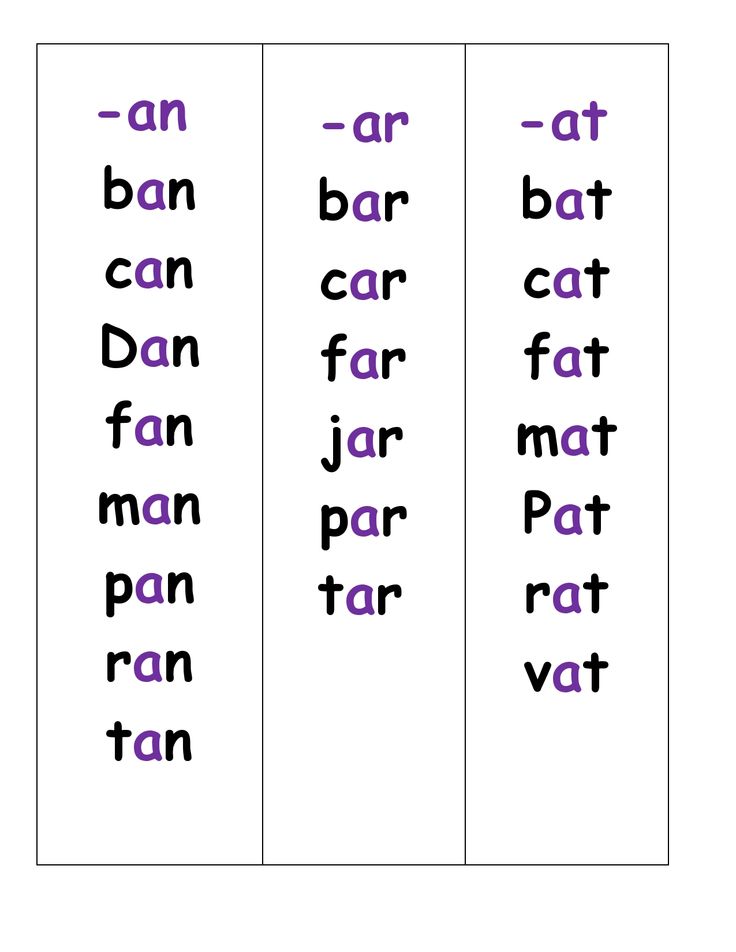
The 7 ‘long’ vowel sounds areso calleddue to the length of their pronunciation; these can often be held without distorting their sound.
The /ai,(eI)/ sound found in the words: train, tray, cake and break.
The /oa,(ǝƱ)/ sound found in the words: boat, hotel, toe and bone.
The /oi,(ɔI)/ sound found in the words: boy, coin and buoy.
The /ow,(aƱ)/ sound found in the words: owl, house, drought and hour.
The /ee,(іː)/ sound found in the words: tree, pea, me, and pony.
The /I,(aI)/ sound found in the words: iron, fly, pie and light.
The /oo,(uː)/ sound found in the words: spoon, blue, screw and you.
The 6 ‘long ‘R’ controlled’ vowel sounds are so called because of the slight /r,(r)/ sound quality that can be heard in them along with the length of their pronunciation; these can often be held without distorting their sound.
The /ar,(ɑː)/ sound found in the words: car, father (southern UK accent) and art.
The /or,(ɔː)/ sound found in the words: fork, door, walk and sauce.
The /ear,(Iǝ)/ sound found in the words: ear, here, deer and pier.
The /er,(ɜː)/ sound found in the words: bird, kerb, nurse and worm.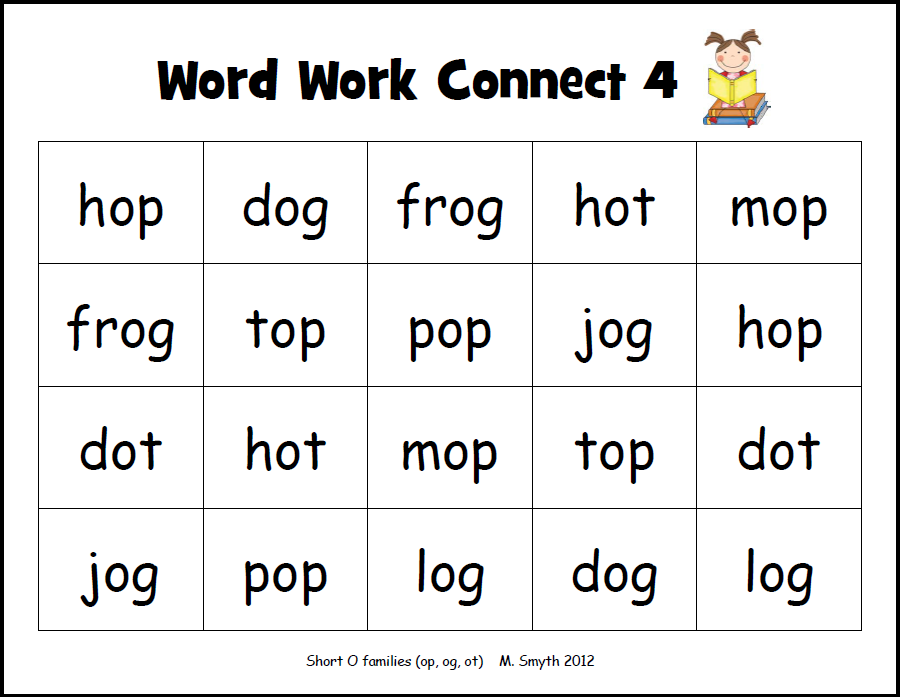
The /re,(Ʊǝ)/ sound found in the words: manure, tour and mature.
The /air,(eǝ)/ sound found in the words: chair, pear, square and where.
Phonics, Phonological AwarenessLong 'R' Controlled Vowel Sounds, Long Vowel Sounds, VowelslucyteachchildrenLeave a comment
The English Language is created through the different combinations of 44 sounds (phonemes), 20 vowels and 24 consonants. In our written language we refer to the letters of the alphabet as being consonant or vowel letters depending on which type of sound they are representing.
Vowel sounds allow the air to flow freely, causing the chin to drop noticeably, whilst consonant sounds are produced by restricting the air flow.
Vowel sounds are usually (in the UK Education System) split into two main categories based on sound quality:
- ‘Short’ vowel sounds, due to the short duration of the sound being made. The sound cannot be held onto without becoming distorted
- ‘Long’ vowel sounds, due to the length of their pronunciation. These can often be held without distorting their sound.
The letters of the alphabet that we normally associate as being the vowel letters are: a, e, i, o and u. The letter ‘y’ is sometimes referred to as an honorary or semi vowel as it is used to replace one of the other vowel letters in words such as: fly, shy, why or my.
All words in the English language have at least one vowel sound in them so the written version must have at least one vowel letter in it.
Consonant sounds are made (produced) when the air flow is being restricted in some way, for example, changes in tongue position resulting in the mouth not opening as wide. This means that the jaw doesn’t drop noticeably, which is different to vowel sounds.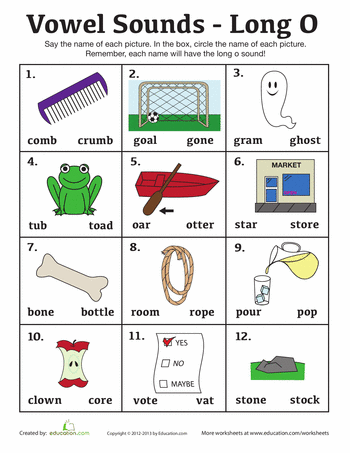
The letters of the alphabet that usually represent the consonant sounds are: b, c, d, f, g, h, j, k, l, m, n, p, q, r, s, t, v, w, x, y, z.
Phonics, Phonological AwarenessAlphabet Knowledge, Consonants, Letters of the Alphabet, Long Vowel Sounds, Phonemes, Short Vowel Sounds, VowelslucyteachchildrenLeave a comment
A couple of weeks ago we explained that there are 20 vowel sounds in the English (UK) sound system and last week we looked at the 7 ‘short’ vowel sounds. This week we are taking a look at the remaining 13 ‘long’ vowel sounds.
Here at Teach Phonics we split them in to two groups: 7 ‘long’ vowel sounds and 6 ‘long ‘R’ controlled’ vowel sounds.
The 7 ‘long’ vowel sounds areso calleddue to the length of their pronunciation; these can often be held without distorting their sound.
The /ai,(eI)/ sound found in the words: train, tray, cake and break.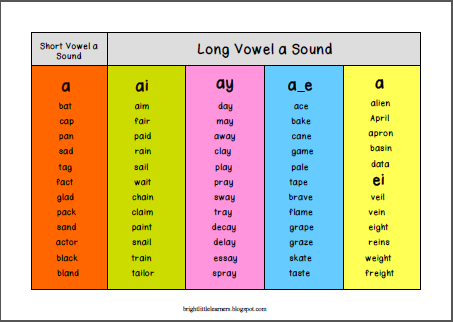
The /oa,(ǝƱ)/ sound found in the words: boat, hotel, toe and bone.
The /oi,(ɔI)/ sound found in the words: boy, coin and buoy.
The /ow,(aƱ)/ sound found in the words: owl, house, drought and hour.
The /ee,(іː)/ sound found in the words: tree, pea, me, and pony.
The /I,(aI)/ sound found in the words: iron, fly, pie and light.
The /oo,(uː)/ sound found in the words: spoon, blue, screw and you.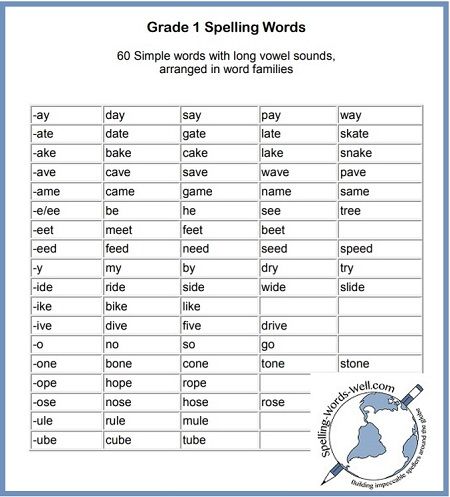
The 6 ‘long ‘R’ controlled’ vowel sounds are so called because of the slight /r,(r)/ sound quality that can be heard in them along with the length of their pronunciation; these can often be held without distorting their sound.
The /ar,(ɑː)/ sound found in the words: car, father (southern UK accent) and art.
The /or,(ɔː)/ sound found in the words: fork, door, walk and sauce.
The /ear,(Iǝ)/ sound found in the words: ear, here, deer and pier.
The /er,(ɜː)/ sound found in the words: bird, kerb, nurse and worm.
The /re,(Ʊǝ)/ sound found in the words: manure, tour and mature.
The /air,(eǝ)/ sound found in the words: chair, pear, square and where.
For more examples of long vowel sounds follow this link to our website: https://www.teachphonics.co.uk/phonics-phoneme-chart.html
PhonicsLong 'R' Controlled Vowel Sounds, Long Vowel Sounds, Phonicslucyteachchildren1 Comment
Learning to hear and differentiate the vowel sounds from consonant sounds is an important skill in understanding how words are formed. Every word in the English Language has to have a vowel sound in it and every syllable in a word also has to have a vowel sound within it. This knowledge is an important element in developing our phonemic awareness and phonics knowledge as we start to learn how to read and spell words.
There are 20 vowel sounds in the English (UK) Language, usually (in the UK Education System) split into two main categories based on sound quality:
- ‘Short’ vowel sounds, due to the short duration of the sound being made, the sound cannot be held onto without becoming distorted, such as the /e,(e)/ in me, pea and tree
- ‘Long’ vowel sounds, due to the length of their pronunciation, these can often be held without distorting their sound, such as the /oi,(ɔI)/ sound found in the words:boy, coin and buoy
Here at Teach Phonics we split the ‘long’ vowel sounds category into ‘long’ vowel sounds and ‘long ‘R’ controlled’ vowel sounds.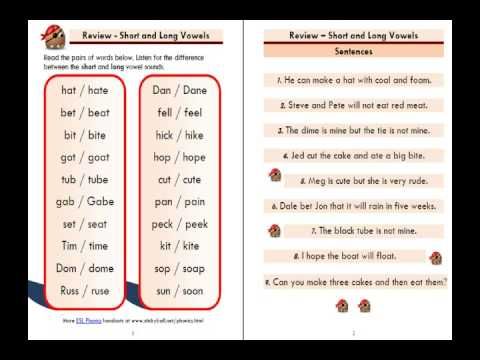 The ‘long ’R’ controlled’ vowel sounds are so called because of the slight /r,(r)/ sound quality that can be heard in them for example the /or,(ɔː)/ sound found in the words: fork, door, walk and sauce.
The ‘long ’R’ controlled’ vowel sounds are so called because of the slight /r,(r)/ sound quality that can be heard in them for example the /or,(ɔː)/ sound found in the words: fork, door, walk and sauce.
The English Phoneme Chart, which uses the unique symbols of the International Phonetic Alphabet (IPA), splits the 20 vowel sounds into two groups based on mouth position:
- Monophthongs which have one mouth position throughout the sound for example /e,(e)/ in me.
- Diphthongs, where the mouth position changes, giving a 2 sounds quality to the phoneme for example, /oi,(ɔI)/ inboy.
lucyteachchildren2 Comments
The English Language is created through the different combinations of 44 sounds (phonemes), 20 vowels and 24 consonants.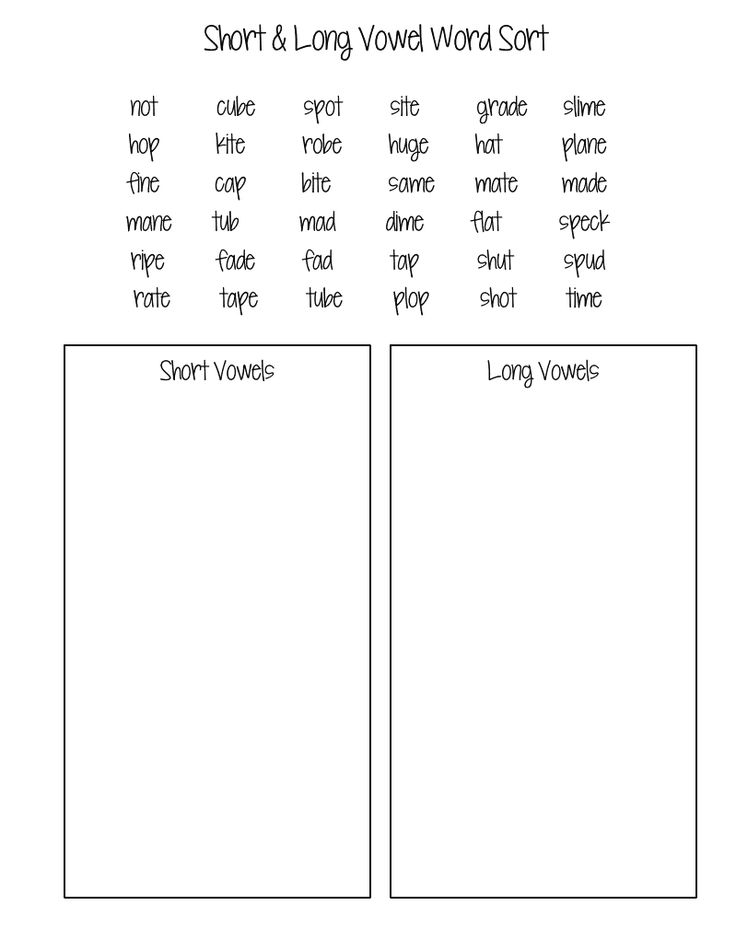 In our written language we refer to the letters of the alphabet as being consonant or vowel letters depending on which type of sound they are representing.
In our written language we refer to the letters of the alphabet as being consonant or vowel letters depending on which type of sound they are representing.
Vowel sounds allow the air to flow freely, causing the chin to drop noticeably, whilst consonant sounds are produced by restricting the air flow.
Vowel sounds are usually (in the UK Education System) split into two main categories based on sound quality:
- ‘Short’ vowel sounds, due to the short duration of the sound being made. The sound cannot be held onto without becoming distorted
- ‘Long’ vowel sounds, due to the length of their pronunciation. These can often be held without distorting their sound.
The letters of the alphabet that we normally associate as being the vowel letters are: a, e, i, o and u. The letter ‘y’ is sometimes referred to as an honorary or semi vowel as it is used to replace one of the other vowel letters in words such as: fly, shy, why or my.
All words in the English language have at least one vowel sound in them so the written version must have at least one vowel letter in it.
Consonant sounds are made (produced) when the air flow is being restricted in some way, for example, changes in tongue position resulting in the mouth not opening as wide. This means that the jaw doesn’t drop noticeably, which is different to vowel sounds.
The letters of the alphabet that usually represent the consonant sounds are: b, c, d, f, g, h, j, k, l, m, n, p, q, r, s, t, v, w, x, y, z.
PhonicsConsonant Sounds, Consonants, Letters of the Alphabet, Long Vowel Sounds, Phonemes, Short Vowel Sounds, Vowelslucyteachchildren1 Comment
A couple of weeks ago we explained that there are 20 vowel sounds in the English (UK) sound system and last week we looked at the 7 ‘short’ vowel sounds. This week we are taking a look at the remaining 13 ‘long’ vowel sounds.
Here at Teach Phonics we split them in to two groups: 7 ‘long’ vowel sounds and 6 ‘long ‘R’ controlled’ vowel sounds.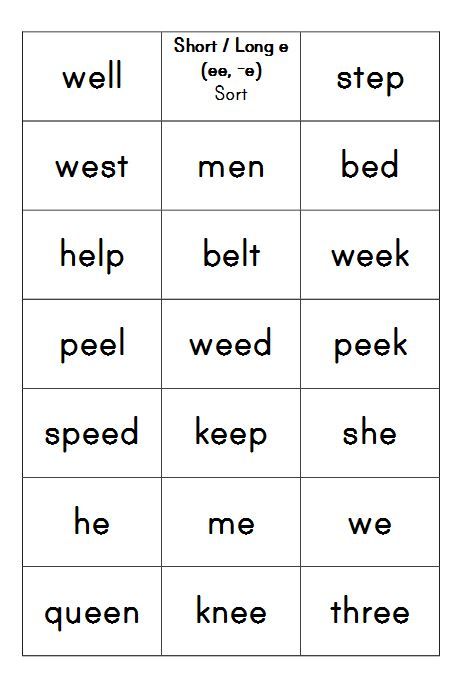
The 7 ‘long’ vowel sounds are so called due to the length of their pronunciation; these can often be held without distorting their sound.
The /ai,(eI)/ sound found in the words: train, tray, cake and break.
The /oa,(ǝƱ)/ sound found in the words: boat, hotel, toe and bone.
The /oi,(ɔI)/ sound found in the words: boy, coin and buoy.
The /ow,(aƱ)/ sound found in the words: owl, house, drought and hour.
The /ee,(іː)/ sound found in the words: tree, pea, me, and pony.
The /I,(aI)/ sound found in the words: iron, fly, pie and light.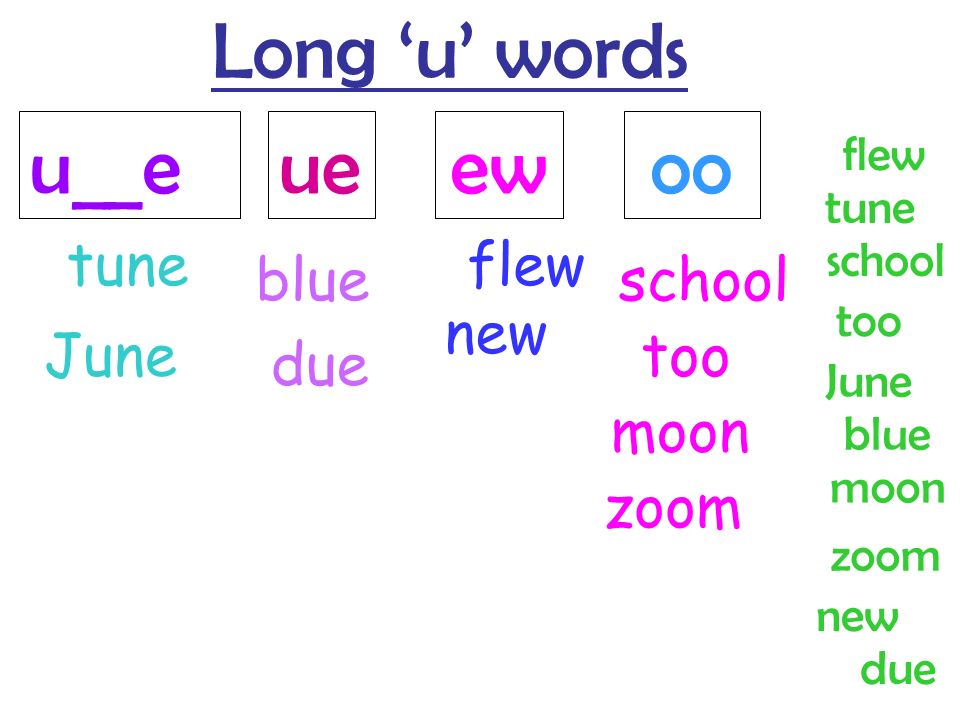
The /oo,(uː)/ sound found in the words: spoon, blue, screw and you.
The 6 ‘long ‘R’ controlled’ vowel sounds are so called because of the slight /r,(r)/ sound quality that can be heard in them along with the length of their pronunciation; these can often be held without distorting their sound.
The /ar,(ɑː)/ sound found in the words: car, father (southern UK accent) and art.
The /or,(ɔː)/ sound found in the words: fork, door, walk and sauce.
The /ear,(Iǝ)/ sound found in the words: ear, here, deer and pier.
The /er,(ɜː)/ sound found in the words: bird, kerb, nurse and worm.
The /re,(Ʊǝ)/ sound found in the words: manure, tour and mature.
The /air,(eǝ)/ sound found in the words: chair, pear, square and where.
PhonicsEnglish Language, Long 'R' Controlled Vowel Sounds, Long Vowel Sounds, Phonics, Short Vowel SoundslucyteachchildrenLeave a comment
Learning to hear and differentiate the vowel sounds from consonant sounds is an important skill in understanding how words are formed. Every word in the English Language has to have a vowel sound in it and every syllable in a word also has to have a vowel sound within it. This knowledge is an important element in developing our phonemic awareness and phonics knowledge as we start to learn how to read and spell words.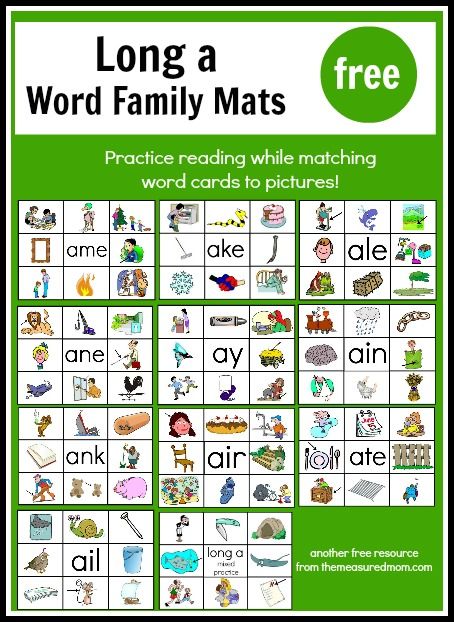
There are 20 vowel sounds in the English (UK) Language, usually (in the UK Education System) split into two main categories based on sound quality:
- ‘Short’ vowel sounds, due to the short duration of the sound being made, the sound cannot be held onto without becoming distorted, such as the /e,(e)/ in me, pea and tree
- ‘Long’ vowel sounds, due to the length of their pronunciation, these can often be held without distorting their sound, such as the /oi,(ɔI)/ sound found in the words: boy, coin and buoy
Here at Teach Phonics we split the ‘long’ vowel sounds category into ‘long’ vowel sounds and ‘long ‘R’ controlled’ vowel sounds. The ‘long ’R’ controlled’ vowel sounds are so called because of the slight /r,(r)/ sound quality that can be heard in them for example the /or,(ɔː)/ sound found in the words: fork, door, walk and sauce.
The English Phoneme Chart, which uses the unique symbols of the International Phonetic Alphabet (IPA), splits the 20 vowel sounds into two groups based on mouth position:
- Monophthongs which have one mouth position throughout the sound for example /e,(e)/ in me.
- Diphthongs, where the mouth position changes, giving a 2 sounds quality to the phoneme for example, /oi,(ɔI)/ in boy.
lucyteachchildrenLeave a comment
There are 13 ‘long vowel’ sounds in total; 7 ‘long vowel’ sounds and 6 ‘long ‘R’ controlled vowel’ sounds.
The 7 ‘long vowel’ sounds are so called due to the length of their pronunciation; these can often be held without distorting their sound.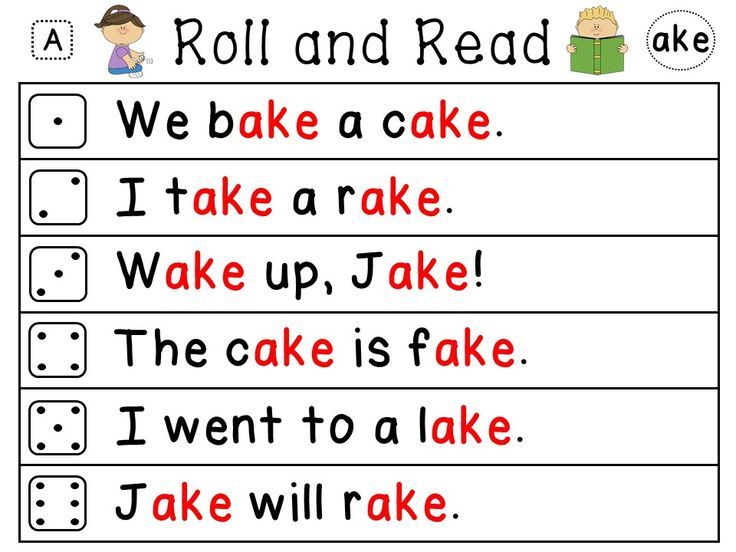
The /ai,(eI)/ sound found in the words: train, tray, cake and break.
The /oa,(ǝƱ)/ sound found in the words: boat, hotel, toe and bone.
The /oi,(ɔI)/ sound found in the words: boy, coin and buoy.
The /ow,(aƱ)/ sound found in the words: owl, house, drought and hour.
The /ee,(іː)/ sound found in the words: tree, pea, me, and pony.
The /I,(aI)/ sound found in the words: iron, fly, pie and light.
The /oo,(uː)/ sound found in the words: spoon, blue, screw and you.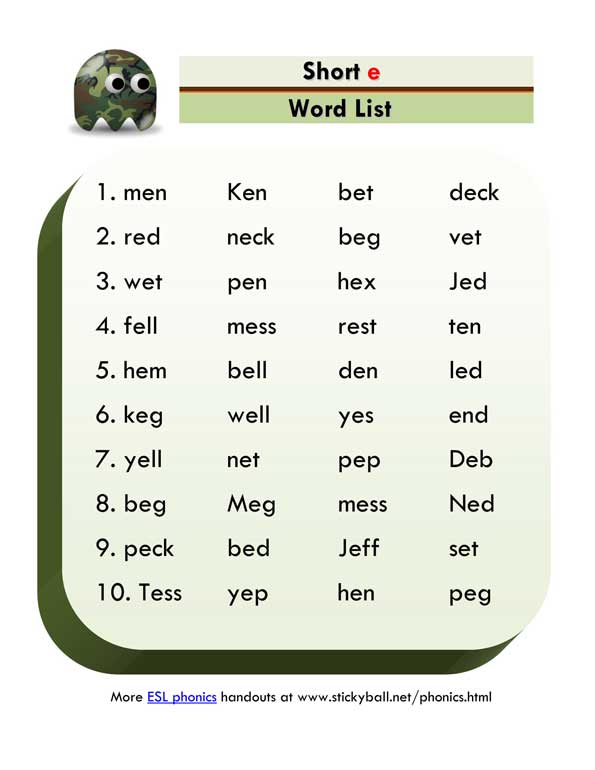
The 6 ‘long ‘R’ controlled vowel’ sounds are so called because of the slight /r,(r)/ sound quality that can be heard in them along with the length of their pronunciation; these can often be held without distorting their sound.
The /ar,(ɑː)/ sound found in the words: car, father (southern UK accent) and art.
The /or,(ɔː)/ sound found in the words: fork, door, walk and sauce.
The /ear,(Iǝ)/ sound found in the words: ear, here, deer and pier.
The /er,(ɜː)/ sound found in the words: bird, kerb, nurse and worm.
The /re,(Ʊǝ)/ sound found in the words: manure, tour and mature.
The /air,(eǝ)/ sound found in the words: chair, pear, square and where.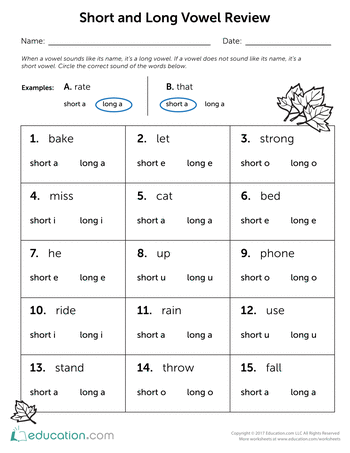
lucyteachchildrenLeave a comment
Learning to hear and differentiate the vowel sounds from consonant sounds is an important skill in understanding how words are formed. Every word in the English Language has to have a vowel sound in it and every syllable in a word also has to have a vowel sound within it. This knowledge is an important element in developing our phonemic awareness and phonics knowledge as we start to learn how to read and spell words.
There are 20 vowel sounds in the English (UK) Language, usually (in the UK Education System) split into two main categories based on sound quality:
- ‘Short’ vowel sounds, due to the short duration of the sound being made, the sound cannot be held onto without becoming distorted
- ‘Long’ vowel sounds, due to the length of their pronunciation, these can often be held without distorting their sound.
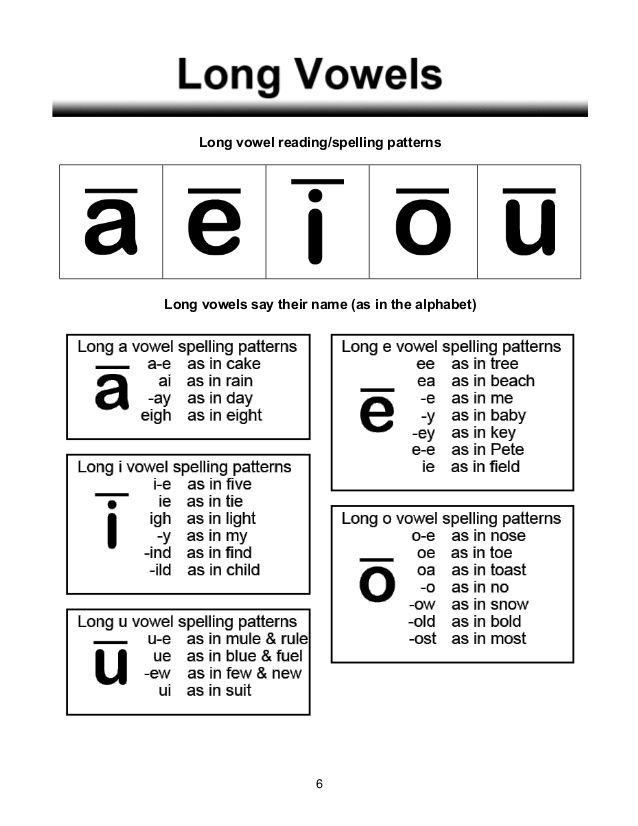
Here at Teach Phonics we split the ‘long’ vowel sounds category into ‘long’ vowel sounds and ‘long ‘R’ controlled’ vowel sounds. The ‘long ’R’ controlled’ vowel sounds are so called because of the slight /r,(r)/ sound quality that can be heard in them.
The English Phoneme Chart, which uses the unique symbols of the International Phonetic Alphabet (IPA), splits the 20 vowel sound into two groups based on mouth position:
- Monophthongs which have one mouth position throughout the sound
- Diphthongs, where the mouth position changes, giving a 2 sound quality to the phoneme.
Vowel sounds and letters. How many are there in Russian?
Free introductory lesson in Russian
Enroll
Correct pronunciation of words is one of the components of beautiful and literate speech.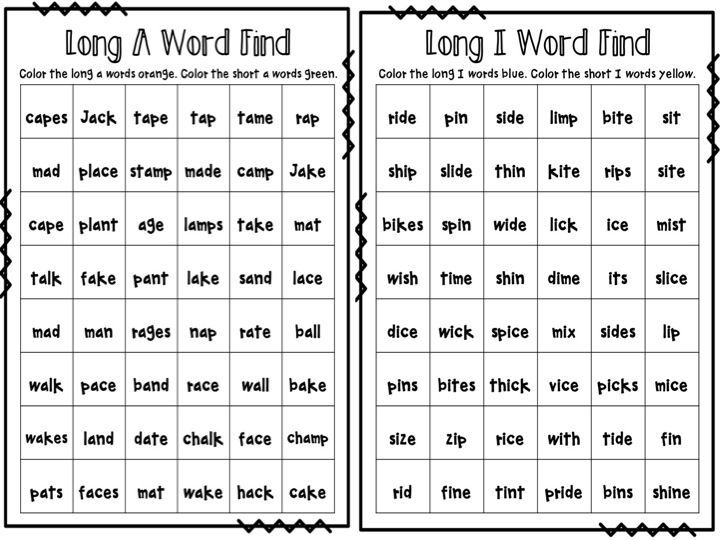 To achieve this, you will first have to study the sounds themselves. In this article, we will figure out together what vowel sounds are, how many vowels are in the alphabet of the Russian language, and what sounds they can represent.
To achieve this, you will first have to study the sounds themselves. In this article, we will figure out together what vowel sounds are, how many vowels are in the alphabet of the Russian language, and what sounds they can represent.
What are vowels and sounds
Vowel sounds are those sounds that we freely convey with our voice. Hence their name comes from: voice means "voice". When pronouncing, air exits through the mouth and does not create noise, and the position of the tongue and lips determines which vowel sound we will pronounce.
There are much fewer vowels in Russian than consonants. There are 6 of them in total: [a], [o], [i], [s], [y] and [e]. To understand whether a vowel sound is in front of you or not, try to sing it. For example:
-
a-a-a ,
-
woo
-
ss .
If it works, then the sound is a vowel. You can't do that with consonants.
There are more vowels than sounds - there are 10 of them: a, i, u, u, o, e, e, e, i, s . This difference is due to the fact that some of these letters can represent two sounds and are pronounced using a combination of a vowel and a consonant [y']. For example, in the word spruce the letter e two sounds are expressed - [y '] and [e]. Let's look at the table all the vowel sounds and the letters that represent them.
| Letter | Sound | Example |
|---|---|---|
| a | [a] | pharmacy |
| i | [a] [d'] + [a] | change anchor |
| y | [y] | moon |
| [y] [y'] + [y] | love skirt | |
| about | [o] [a] | horse milk |
| e | [e] [y'] + [e] [and] | victory raccoon great |
| e | [o] [d'] + [o] | rope hedgehog |
| e | [e] | evolution |
| and | [and] [s] | caviar life |
| s | [s] | choice |
Demo lesson in Russian
Take the test at the introductory lesson and find out what topics separate you from the "five" in Russian.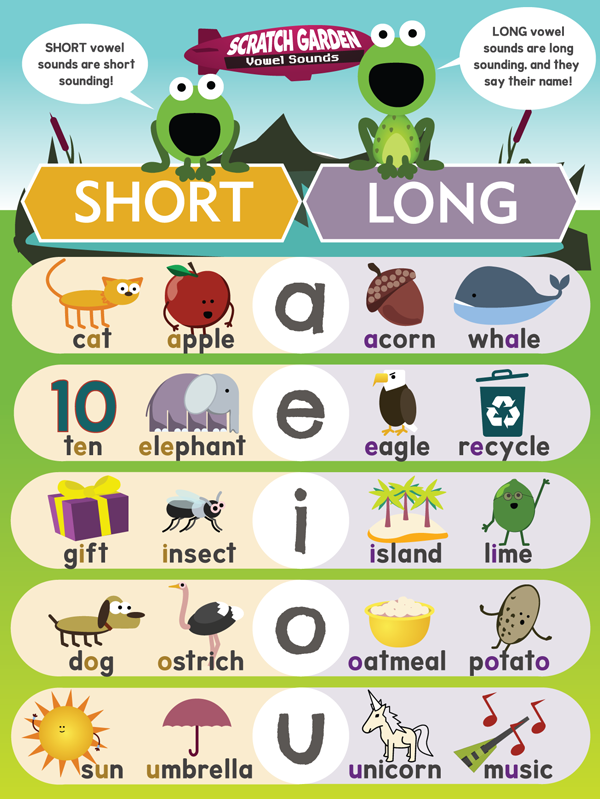
How vowel sounds are related to syllables
Vowel sounds form syllables - sound segments of words that we pronounce with one breath. One syllable can be either a vowel with one or more consonants, or a vowel alone. There is even a rule by which syllables can be counted: how many vowels in a word - so many syllables.
For example, in the word journey there are 5 vowels: [u], [i], [e], [i] and [e]. This means that it has 5 syllables: p-te-she-stv-e .
Test yourself!
Count the number of syllables in the words: try on, tanner, well-groomed, care, prefix, capital, wet, invitation, orange .
Vowel sounds and stress
Now let's see what groups vowel sounds are divided into. Sometimes their pronunciation depends on whether the stress falls on them, that is, whether we single them out with our voice. So vowel sounds are divided into stressed and unstressed. Here are some examples:
| | | |
|---|---|---|
| | | |
| | | |
| | | |
Stress in Russian can fall on any of the existing vowel sounds.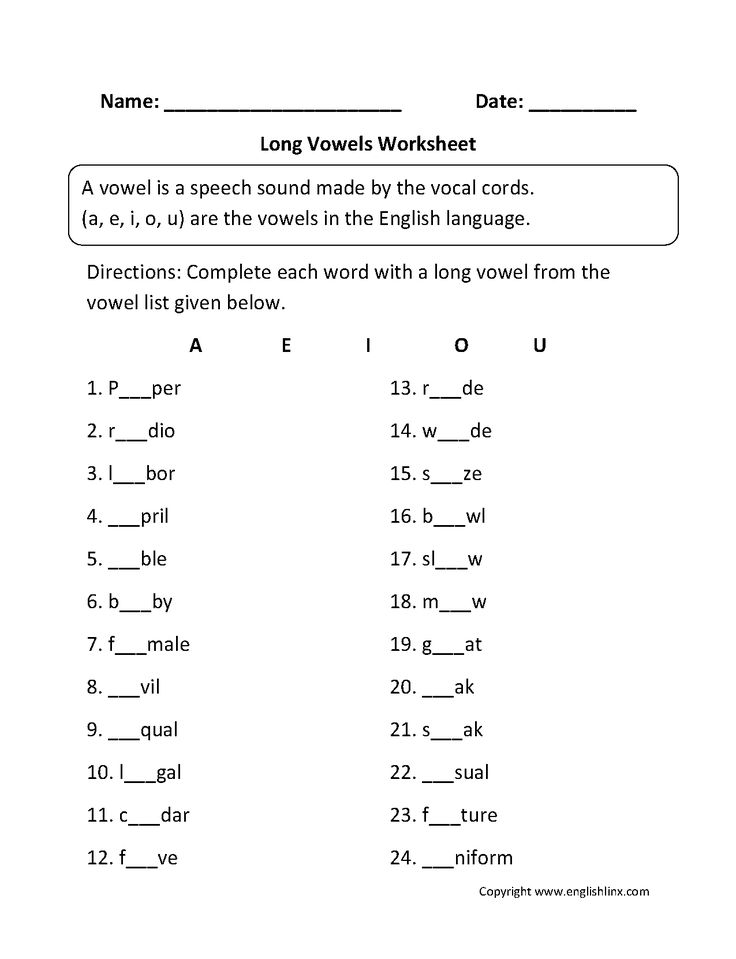 However, only 4 of them can be unstressed - these are [a], [i], [y] and [s]. In this position, we pronounce sounds weaker than under stress, because of which they can change qualities and sound differently.
However, only 4 of them can be unstressed - these are [a], [i], [y] and [s]. In this position, we pronounce sounds weaker than under stress, because of which they can change qualities and sound differently.
Interestingly, the vowels [o] and [e] can only be stressed. There are only a couple of exceptions to this rule: for example, in words cocoa and canoe sounds [o] and [e] in an unstressed position.
How unstressed vowels are related to consonants
How an unstressed vowel sounds depends on the consonant that precedes it. Or rather, from its hardness or softness. If it is a hard consonant, it can be followed by unstressed vowels [y], [a] and [s]. When we talk about a soft consonant, it is followed by unstressed vowels [y] and [and].
| | |
|---|---|
| | |
| | |
| | |
Free English lessons with a native speaker
Practice 15 minutes a day.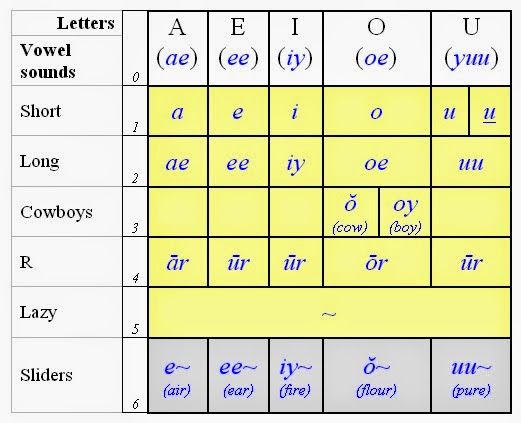 Learn English grammar and vocabulary. Make language a part of life.
Learn English grammar and vocabulary. Make language a part of life.
Test yourself
It's time to find out if you now understand well what vowel sounds are in Russian. To do this, we have prepared tasks for self-examination.
Task 1
List all the vowels in these words:
fair,
rejoice,
doll,
remote,
buddy,
voting,
mirror,
story,
OK,
captivate.
Task 2
Name 5 words each in which the sounds [a], [i], [y] and [s] would be stressed.
Task 3
Name 5 words in which an unstressed vowel would come after a hard consonant and 5 more words where it would follow a soft consonant.
Task 4
Count the number of syllables in the words below (remember to use the rule you learned at the beginning of the article!):
-
weightless,
-
sunrise,
-
adventure,
-
painter,
-
perpetuate,
-
nice,
-
image,
-
category,
-
exciting,
-
melting,
-
snowflake.

The rules of phonetics help us to speak correctly, so it is important to master the topic of vowels well and avoid gaps in knowledge. If even after reading the article you still have questions on the topic, you can figure them out in the Russian language course at Skysmart. In online lessons, the teacher will help the student work out the theory and consolidate the result on non-boring tasks. So the student will be able to improve the quality of knowledge, and fall in love with the subject.
Cheat sheets for parents
All Rules in Russian at hand
Alena Fedotova
Author Skysmart
to the previous article
Supplement
to the next article
phonetic analysis of
90,000 We invite you to our Telegram channel: short lessons on the most important conversational phrases with examples and exercises. Learn English with pleasure. Subscribe >>
Subscribe >> This article will help you understand the pronunciation of English sounds, and what combinations of letters they can be expressed in writing.
English pronunciation
English often sounds more dynamic than smoother Russian. It is slightly faster (about 10% - 15%, according to various studies), and sometimes it seems to us that not all words are pronounced in fast speech.
If you have difficulty understanding English by ear and want to hear English better, come to our free training "How to learn to understand English by ear". Registration is open!
Despite the fact that the languages come from the same Indo-European family - which means that they are based on the same pronunciation system - there are a number of significant differences in the pronunciation of Russian and English sounds, words and phrases.
Important features of English pronunciation (compared to Russian)
There are more vowels in English than in Russian.
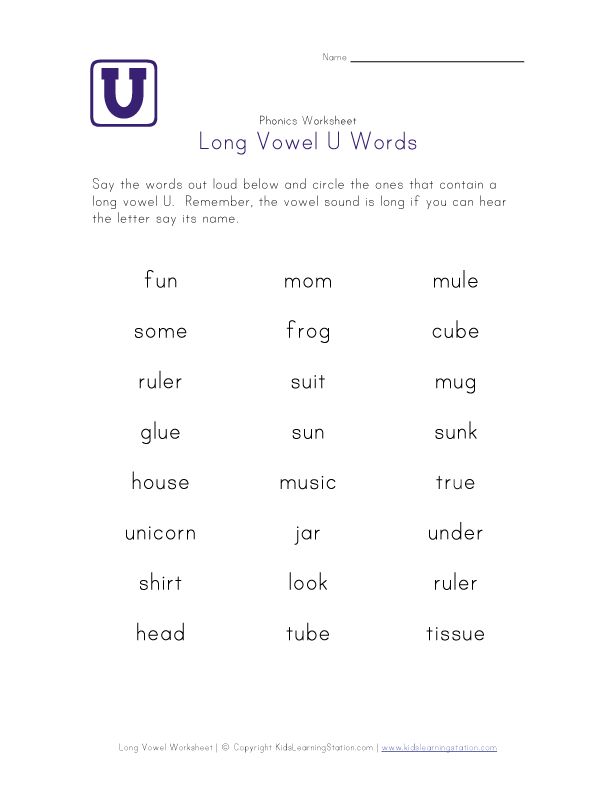 They are usually pronounced with less lip tension.
They are usually pronounced with less lip tension. We have 6 of them: [a], [y], [o], [e], [i], [s], in English there are 12 of them: /ɪ/, /ɪː/, /ʌ/, / ɑː/, /æ/, /ɛ/, /ɜː/, /ɒ/, /ɔː/, /ʊ/, /ʊː/, /ə/.
English sounds usually have two variants:
short and long: /ɪ/ and /ɪː/, /ɒ/ and /ɔː/, /ʊ/ and /ʊː/
light and deeper: /ʌ / and /ɑː/
open and closed: /æ/ and /ɛ/
Unique English vowels:
/æ / - somewhere between A and E
/ɜː/ (soft O) - something in between between O and E
/ə/ - weak schwa (extremely weak sound, something in between A, O, E - pronounced in most unstressed syllables).
Our compound vowels E [ye], Yo [yo], Yu [yu], Ya [ya] are absent in English, but there are diphthongs.
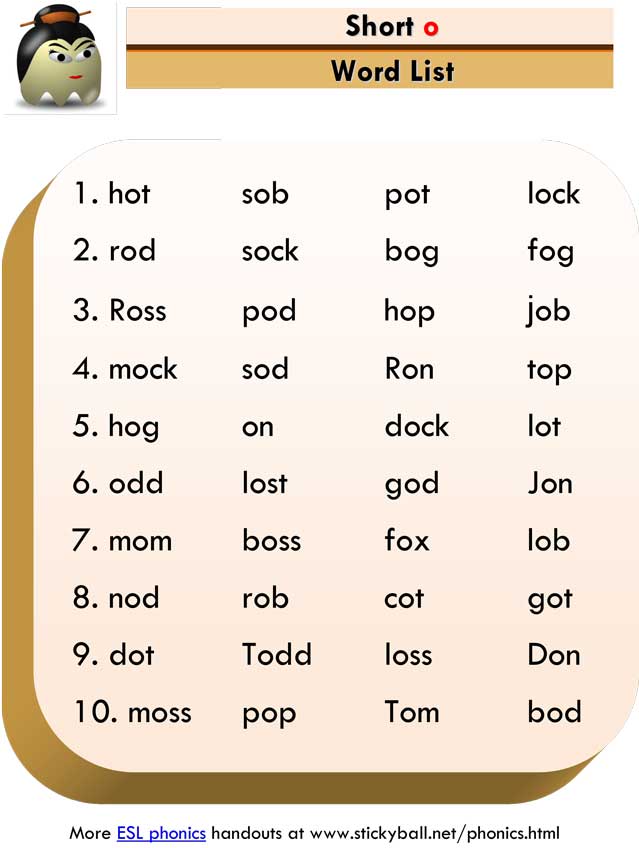
English diplomas - Double sounds / Aɪ / ( Time ), / Eɪ / (Space) , / ɔɪ / (Boil) , / ɛə / (Care) , , , /əʊ/ (know) , /aʊ/ (now) , /ɪə/ (fear) , and /ʊə/ (cure)
The first sound of the diphthong is pronounced more distinctly than the second. That is why we often hear poorly or confuse words with diphthongs when listening.
English consonants often differ in their pronunciation even of sounds similar to Russian.
There are as many as 36 consonant sounds in Russian (with 21 letters), but in English there are only 24. It is important to remember that even similar sounds (for example, /p/ or /d/ are pronounced differently than in Russian - see table below for details ).
Unique English consonants:
/w/ semi-vowel, somewhere between U and B
/ð/ and /θ/ З (Ф and С in voiceless variation)
/ŋ/ — nasal Н
0014 and goth can sound the same), but this does not happen in English.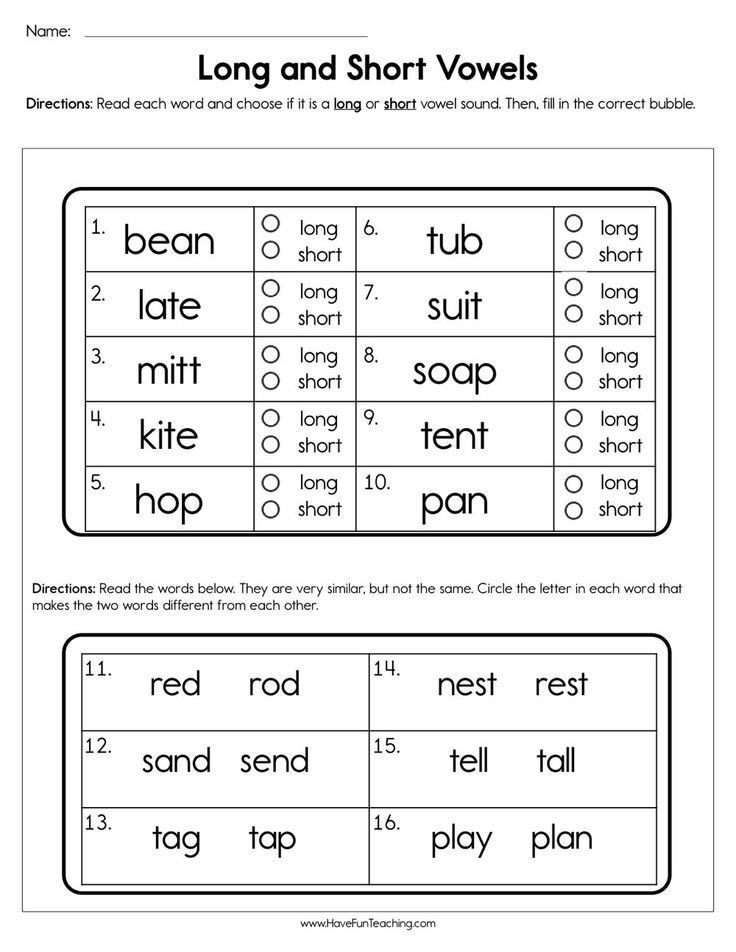 It is important to remember this, as we can confuse pairs of words (for example, bed - bet ) and hear final consonants badly.
It is important to remember this, as we can confuse pairs of words (for example, bed - bet ) and hear final consonants badly.
The so-called "clusters" are also difficult - combinations of several consonant sounds inside or at the junction of words. Words like three, sixth , and others can cause pronunciation problems.
I recommend using the interactive sound table or the Cambridge mobile app to practice pronunciation of sounds and improve accent.
The same letter can represent several sounds depending on the position in the word.
The most important difficulty in learning English is mastering its rules of reading.
Despite the fact that there are only 26 letters in the English alphabet (as opposed to 33 in Russian), learning to read words and phrases in English is not so easy.
1/ Vowels in the alphabet have a so-called "open" pronunciation, different from other European languages.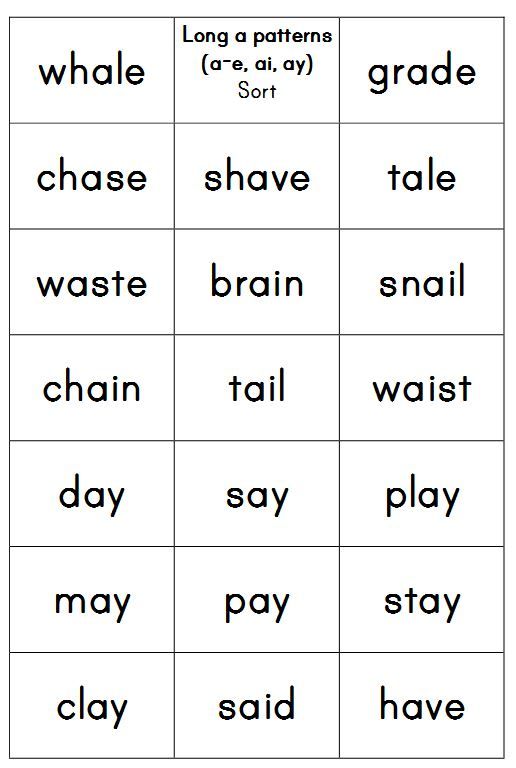
2/ Vowel sounds in stressed words are read differently, depending on the type of syllable in which they occur.
3/ Unstressed vowels are pronounced with a very weak sound schwa /ə/.
This sound is so weak that we often cannot hear it. In our English pronunciation, we often pronounce it too intensely.
For example, the word vegetable is not pronounced VEGETABLE with the same intensity of all sounds, but / vedʒt (ə) b ( ə ) l / , that is, after a clear stressed syllable VE come reduced syllables, all the sounds of which are read using schwa, and there are almost no audible (and often not audible at all).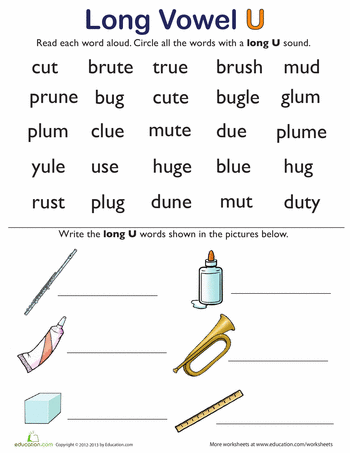
I will tell you more about this feature of English stress in the article “How to learn to understand English by ear”.
4/ Many vowels and consonants are written with letter combinations to remember.
Mistakes in pronunciation lead to problems in listening to fast English speech. I recommend purchasing our "Complete Guide to the Rules of Reading" . It will help fill gaps in your knowledge of pronunciation rules and help you avoid common mistakes.
Pronunciation and reading of vowels
| Sound | Pronunciation peculiarities | Typical combinations 9065 60011 Words-exclusion | |
| / ə / | A weak unstressed sound-something between very weak A and E | Any vowel A, O, U, E | | /ɪ/ | “And short” Lips slightly stretched in a semi-smile, tongue in front of the mouth.  We pronounce light I. We pronounce light I. | i in a closed syllable i f, f i lm, h i | EE S EE , SL EE P Most words with EA S EA , E T, PL T, PL E in open syllable TR EE , B E , Th E Se I under stress in borrowed words | MACH I NE, POL NE, POL NE, POL NE, POL NE, POL NE, POL NE, POL NE, POL NE, POL NE, POL or E GG, B E T, W E NT EA | D EA D A A A A a te, s ay s, s ai d u b u ry ie fr ie nd ei l ei sure /æ/ | “E open” | Mouth open, lower jaw down. 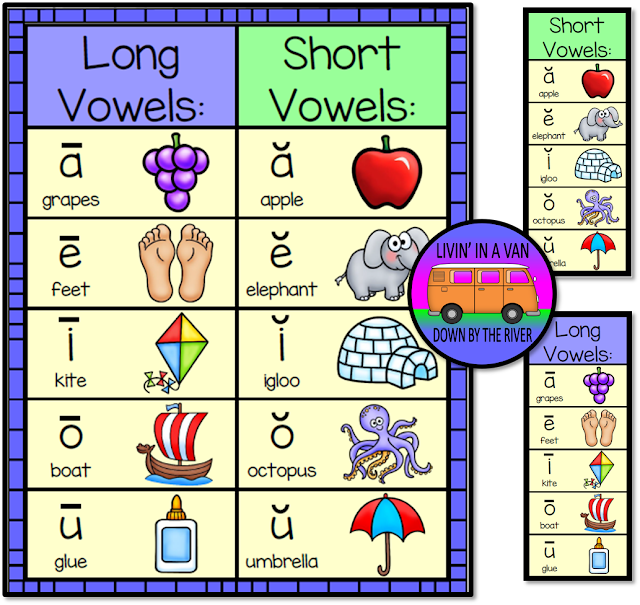 The tip of the tongue is slightly raised. Say something between E and A The tip of the tongue is slightly raised. Say something between E and A ai | pl ai t /ʌ/ | “A short” | We do not strain the lips, the mouth is slightly open. We pronounce light A U in a closed syllable | b U S, M U ST, F U NNY O | O NE, M O The1 ndon, c o mpany ou y ou ng, tr ou ble ough / ʌf/ en ou gh, r ou gh some oo bl oo D, FL OO D UL at the beginning of words U Ltimate, U LTIMATUM / Aː / | “Dolgiy” 9059 and, but, but, but, but, but, but, but, but, but there do not open wide. | 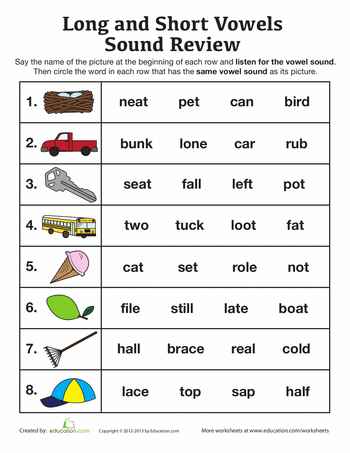 The tongue is moved away from the lower teeth, the base of the tongue is slightly raised. Sensation as if there was something round in the back of the mouth. The tongue is moved away from the lower teeth, the base of the tongue is slightly raised. Sensation as if there was something round in the back of the mouth. ar | c ar , c ar d, ar tist, p h O T, SP O T, D O G -OCK CL O CK, BL CK O + double agreement O + double O TTLE A after W, WH, QU W A NT, WH A T, QU A LITY some AU BEC BEC BEC 9001. ow | kn ow ledge /ɔː/ | “Oh long” | Pronounced drawlingly, as it is stressed, but the position of the lips is less tense than in Russian. 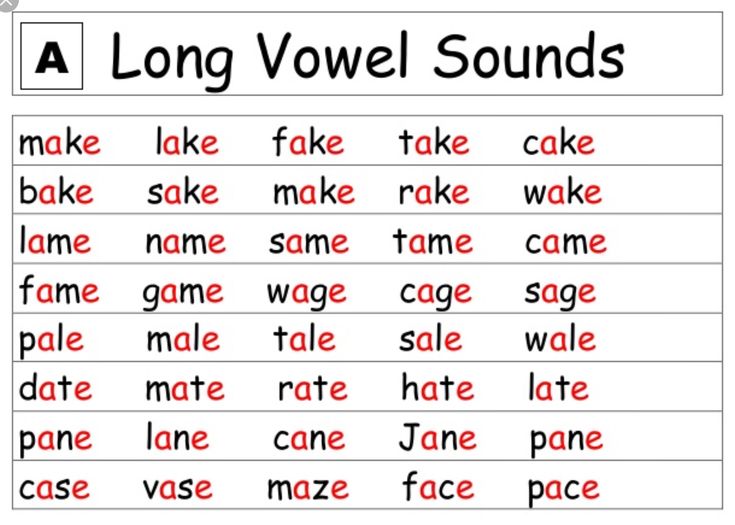 or | h or se, sp or t, res or t -oar- b oar d aw s aw , l aw , l aw n most au AU GUST, P AU SE, AU DIO, D AU GHTER A | A LL, W after w ar , w ar n, qu ar ter oor d oor , fl oor our f our , c our t ough + consonant b OUGH T, BR Ough T, Th Ough T / ɜː / | "Strengthened soft O" | The tongue will be slightly lifted in the mouth, the lips are slightly tense in the area. 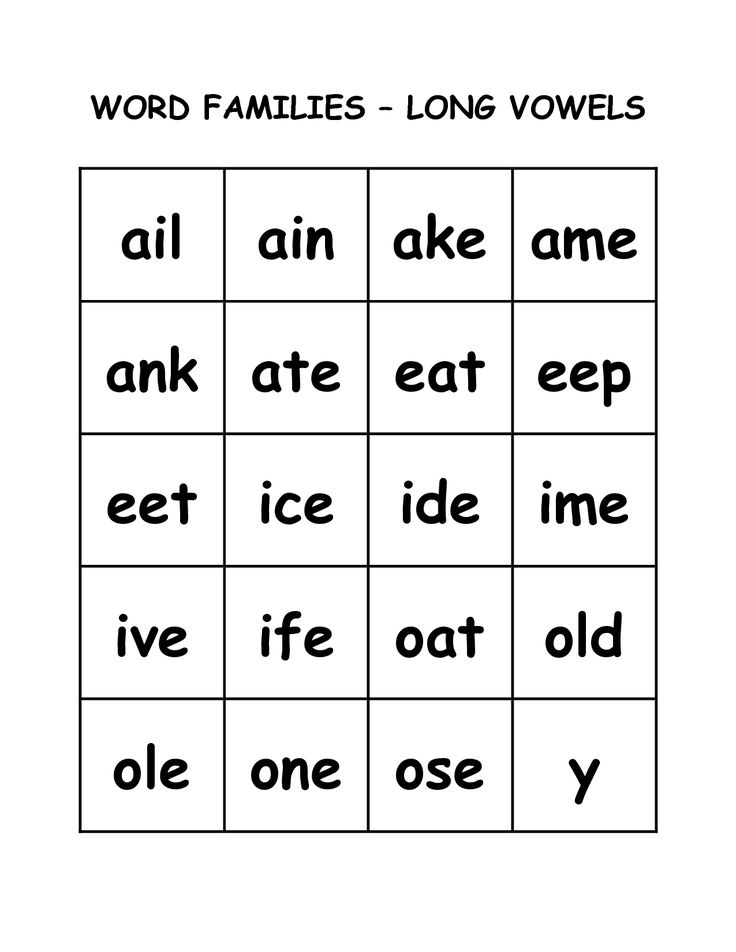 There is a small gap between the upper and lower teeth. We pronounce something between O and Y. The feeling is as if we are holding a straw from a cocktail in our mouth, but we do not push our lips forward. There is a small gap between the upper and lower teeth. We pronounce something between O and Y. The feeling is as if we are holding a straw from a cocktail in our mouth, but we do not push our lips forward. er, ir, ur accented | h er, V ER B G IR L, F IR ST F , T UR UR W + OR W. Or D, W Or K, W Or LD | OUR + Consonant J OUR NEY, C OUR EAR + CONTER ear th /uː/ | “U long” | Slightly less lip tension than in Russian. The back of the tongue is slightly raised. The lips are rounded, but slightly. Say the long U. OO | F OO D, M OO D U in open syllable M Sic, S 9001 U. 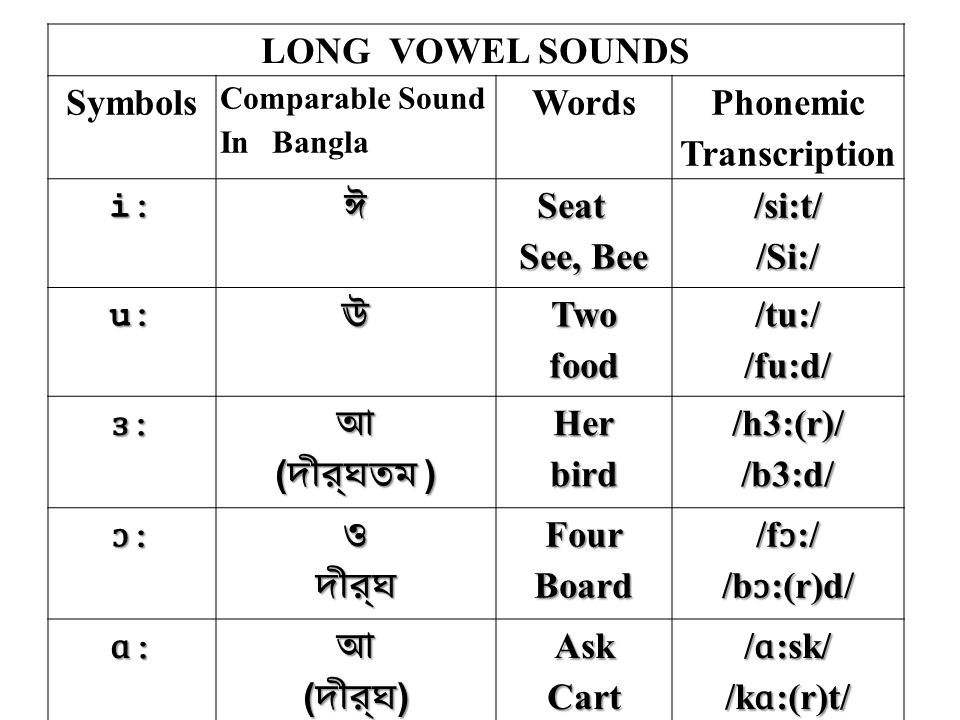 end mute e end mute e t u ne, J u ne, bl u e ew ch ew o | d o , m o ve, sh o e ou s ou p, thr ou gh UI J UI CE EAU B EAU TIFUL / ʊ/ | "SCREE" 9059 is pronounced. Lips do not move forward. Tongue in the middle of the mouth. | | oo | b oo k, g oo d u p u t ou c ou ld o W O MAN |
Difonggi
| Sound | The pronunciation feature | Typical combin0065 Exception words | ||||
| /aɪ/ | "Ai" Position of the lips as when pronouncing the sound /ʌ/, but the lips are slightly more tense. 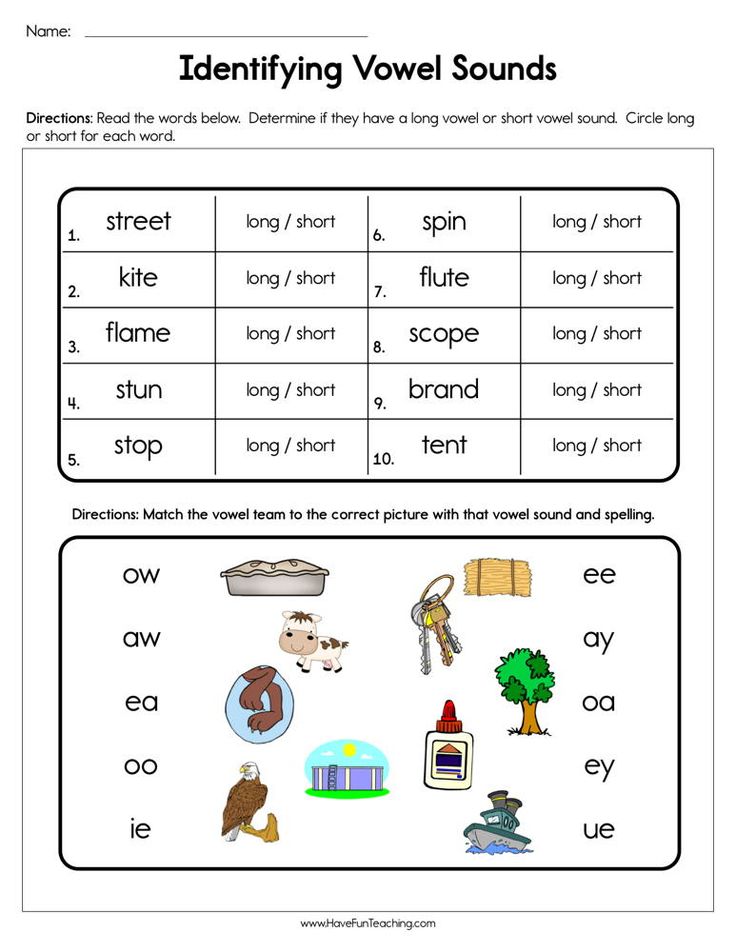 After the first sound, immediately the tongue moves up to pronounce the sound /ɪ/. The second element of the diphthong is pronounced with less intensity. After the first sound, immediately the tongue moves up to pronounce the sound /ɪ/. The second element of the diphthong is pronounced with less intensity. | i in an open syllable in words with mute ending e wr i te, f i ve, d i e, 10 d 1 I VE Y under stress Appl Y , SP Y , SL Y , TR before ND, LD . I ND, CH I LD IGH H IGH , R IGH T, L IGH T in the Nemoy S 9001 LS LS | land before n p i nt eye ei ei ther, n ei ther uy b uy , g uy | |||
| /eɪ/ | "Hey" Position of the lips as when pronouncing the sound /e/. 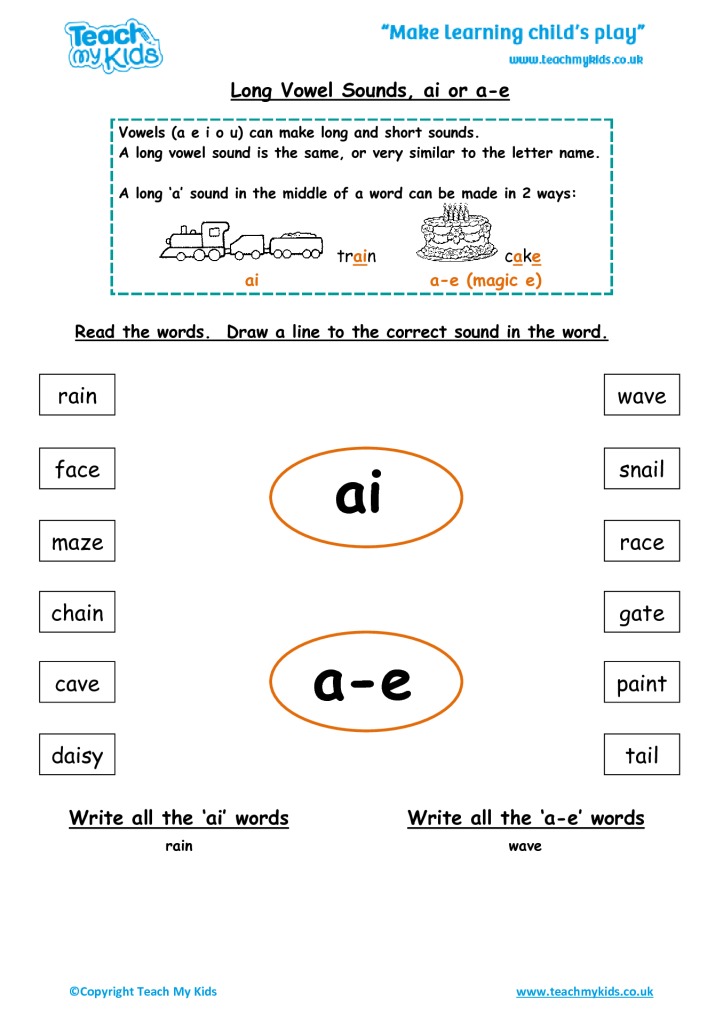 After the first sound, immediately the tongue moves up to pronounce the sound /ɪ/. The second element of the diphthong is pronounced with less intensity. After the first sound, immediately the tongue moves up to pronounce the sound /ɪ/. The second element of the diphthong is pronounced with less intensity. | a in open syllable 94 EI GHT, V EI L EY Th EY , GR EY | ||||
| / ɔɪ/ | “OI” is a little more stressful. normal sound /ɒ/. After the first sound, immediately the tongue moves up to pronounce the sound /ɪ/. The second element of the diphthong is pronounced with less intensity. | oi b oi l, sp oi l OY T OY , ENJ OY | | |||
| / ɛə / | "EA" PRICE OF THE VOUSHIC, similar to the Russian sound [E] This is . weak [ə] with a hint of sound [ʌ]. The second element of the diphthong is pronounced with less intensity.  | air f air , air , ch air0013 c are , sp are | ear p ear , t ear (рвать) ere wh ere , th ere eir th eir | |||
| /ɪə/ | “Eeyore” The position of the lips is as when pronouncing the sound /ɪ/, and then ending with a weak [ə] with a hint of sound [ʌ]. The second element of the diphthong is pronounced with less intensity. | eer b eer , d eer ere h ere ear d ear | ier f ier CE EIR W EIR D EA EA , R EA | /əʊʊ /əʊʊ /əʊʊ /əʊʊ /əʊʊ /əʊʊ /əʊʊ /ʊʊ / ɔ/, then round the lips a little more and move on to /ʊ/.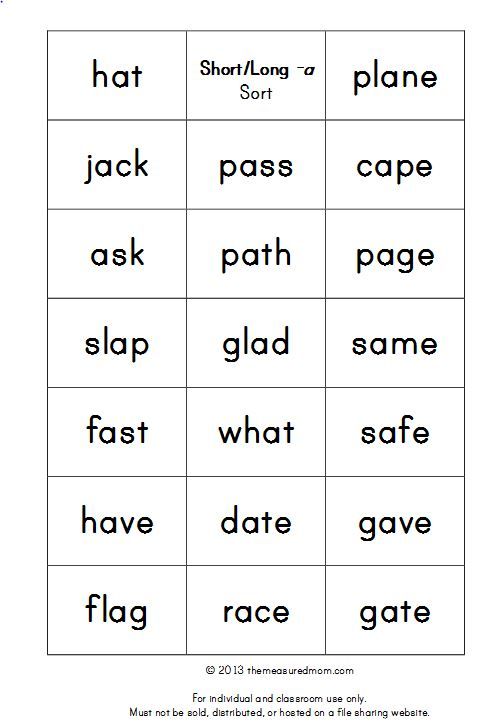 The second element of the diphthong is pronounced with less intensity. The second element of the diphthong is pronounced with less intensity. L OW Sometimes OU SH OU LDER | ||
| /Aʊ / | most ow n ow , br ow n, h ow , t ow EL Most OU H OU SE, OU T, GR OU | | ||||
| / ʊə/ | 904 "Wae" 904 "Wae" 9059 " ʊ/, but the lips are a little more tense, and then we end with a weak [ə] with a hint of the sound [ʌ]. The second element of the diphthong is pronounced with less intensity. u in open syllable d u ring, j u ry, sec | Before the ends of C -U or -I PLEA SU Re, U SU Al, VI SI | - BEI , gara ge | |||
| /dʒ/ | J Pronounced like /tʃ/, but louder. When pronouncing /d/, the tip of the tongue is raised up and pressed against the alveoli (tubercles at the base of the upper teeth), then the tongue is transferred to the middle part of the mouth and soft /ʒ/ is pronounced | J J am, J OB GE, GI, GY Mana G ENT, G YAM , IM G in G ER (with the exception of GET, Give ) -DGE DG E | ||||
| / Z / | "Z" Sound is similar to the Russian Z | Z Z OO E E E E E E ЗЗ In the middle of the words MU S IC, Plea S Ant S, sometimes at the end of the words Wa S , Ha S in the ends - after calling the agreement or Glazny 0594 DOG S , Add S , Listen S | | |||
| / H / | "X" (much weaker compared to Russian) is pronounced on expiration.  Unlike Russian, no bow is made at the back of the mouth. The tongue does not participate in the formation of this sound, but takes a position for the next vowel. Unlike Russian, no bow is made at the back of the mouth. The tongue does not participate in the formation of this sound, but takes a position for the next vowel. | h h ot, h and who0012 o, wh om, wh ole Feeling a bit like spitting. | P P EN, P Ull, TA P | |||
| "B" Sound is similar to the Russian B. b all, b ottle, ri b | | |||||
| /t/ | "Т" round and noisy. | T T ABLE, T IME | | |||
| / D / | "D" Sound is similar to Russian tons, but when pronouncing it is the end of the tongue (Bugar. 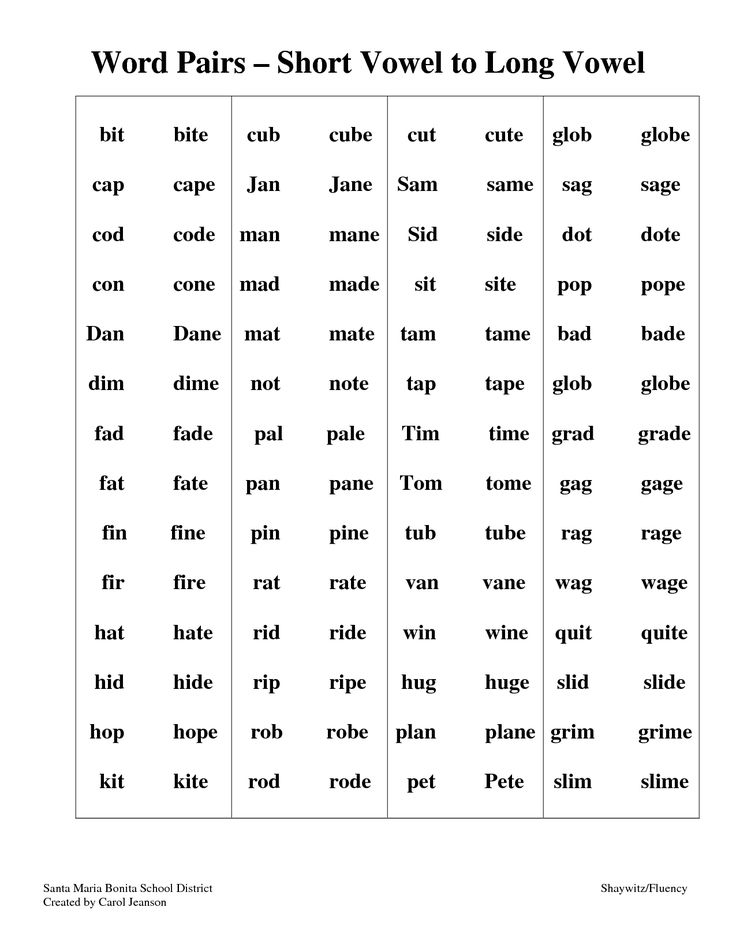 base of the upper teeth), and the sound is more rounded and noisy. base of the upper teeth), and the sound is more rounded and noisy. | | ||||
| / g / | “G” is similar to the Russian G | G at the end of the words MU G G , An 9001 - In the middle and -Gue at the end of the words LEA GU E, Pro GU E, Lan GU Age | | |||
| / L / | "L" "HIS ON tongue on the alveoli and with a slightly elevated posterior palate. Pronounced something between L and L. The lateral edges of the tongue are lowered, forming a passage for the air stream. 94 R EAD, R AW, CO RR ECT WR at the beginning of words WR ONG, WR | 9006 / M ” Sound is similar to Russian M. | M, MM M AY, Re M E BER, SU Mm ER | 4 | / N / 9005 "N" The sound is similar to Russian N. 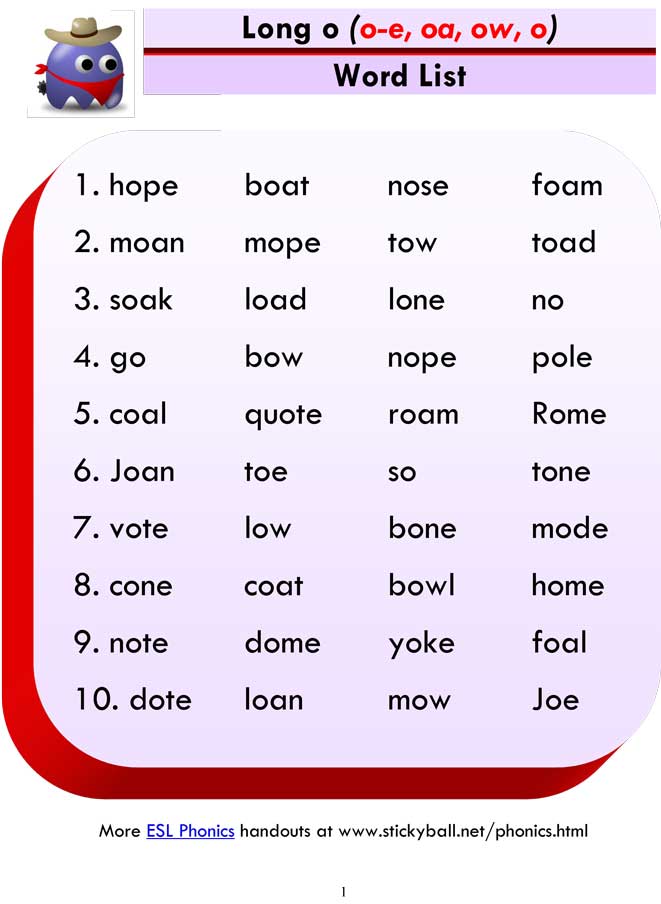 | |
|---|---|---|---|---|---|---|
| /v/ | “V” The sound is similar to Russian V. The lower lip is slightly pressed against the lower teeth. | V V Ery, Pro V E | | |||
| / W / | Certic one between B. Sharp opening of the GUB (from position in the tension in the liability of the threshold in the smile, without touching the teeth) and release the air. The lips immediately move into position to pronounce the next vowel. | w W AR, W ANT, W In WH- (except WHO) WH EN, WH Y /ð/ | Voiced interdental sound. Something between B and Z. We put the tip of the tongue between the teeth and pronounce V. The tongue is flattened and not tense. The tip does not need to be pushed far forward. We make sure that the tongue does not go back and does not rest against the lower teeth, as this can lead to whistling. | 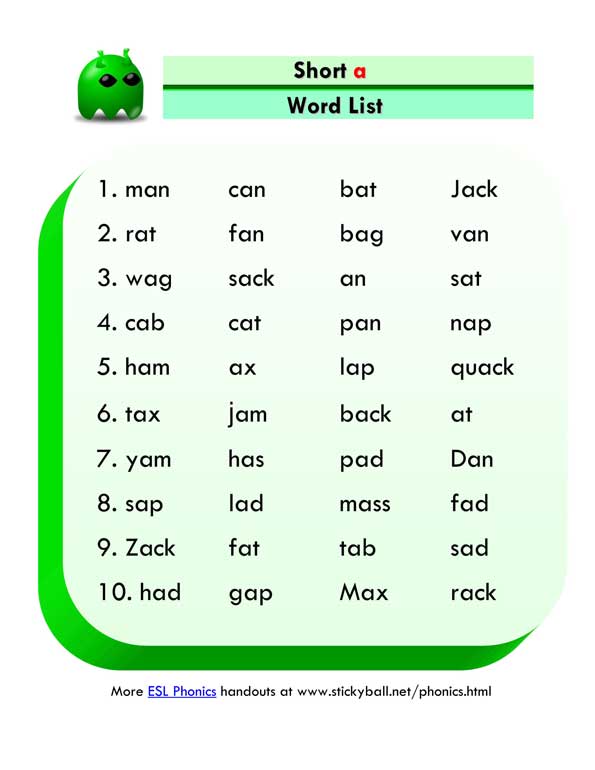 We remove the tip of the tongue inward when pronouncing the next vowel. We remove the tip of the tongue inward when pronouncing the next vowel. at the end of the majority words | My Th , PA Th , Wor Th , Heal , at the beginning th umb, th ing | |
We invite you to our Telegram channel: short lessons on the most important conversational phrases with examples and exercises. Learn English with pleasure. Subscribe >>
Problem sounds
We have relatively few problems pronouncing English sounds compared to speakers from other language families. However, there are a number of sounds that we need to pay special attention to.
| Sounds | possible errors | Words |
| / R / | The language is strained and begins to vibrate.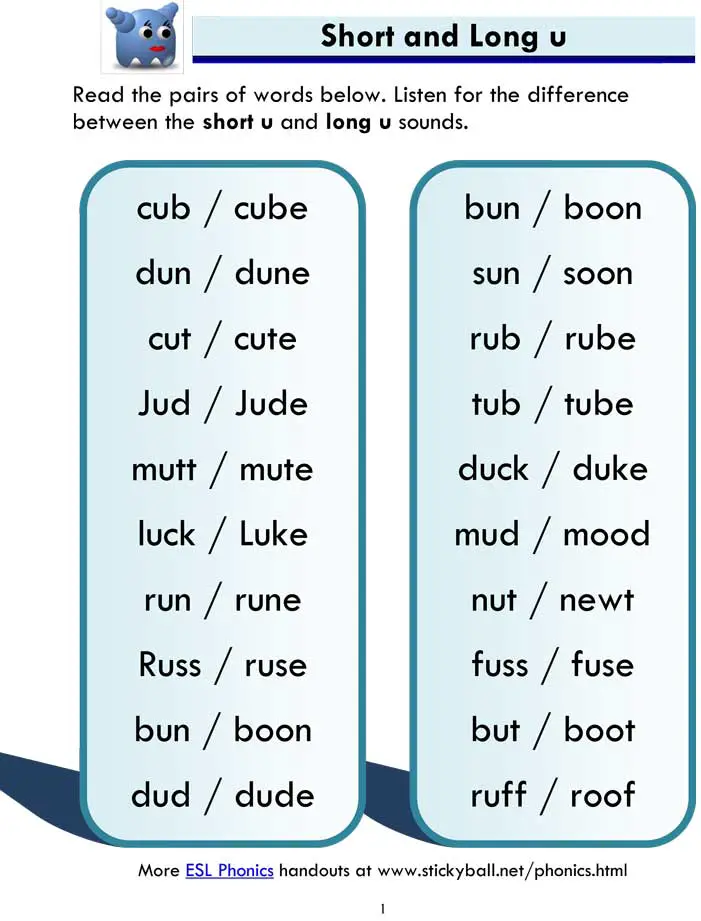 It sounds harsh and closer to Russian than to English. It sounds harsh and closer to Russian than to English. | |
| /w/ | The upper lip touches the lower teeth and the opening of the lips is not fast enough. The sound comes out like /v/ or is even replaced by /v/. | can be confused: W ET - V et W INE - V in W EST | Si NG , Ri NG , Ki NG Sleepi NG , MAKI NG |
| Can be confused: th ink - s ink th ank — s ank bo th — bo ss th ick — s ick th in — s in th ing — s ING Difficult words: Th REE, Th ROW, Th Rive, Th ROUGH, CLO ES |
Useful online resources
- BBC Learning English video series on the pronunciation of sounds in a British accent.
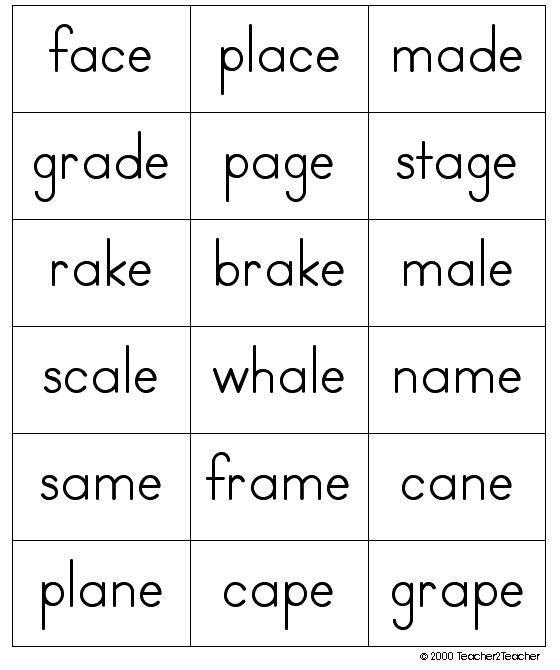
- Contrast sounds in pairs - English club material
- Perfect Pronunciation from the famous dictionary Merriam Webster. Practice the sounds of the American accent.
- Youtube channel Rachel’s English is also an excellent resource for learning the pronunciation of the American English accent (for advanced students)
- Sounds American is another Youtube channel with explanations and exercises for practicing the American accent.
- Learning to pronounce English sounds from an Australian teacher - mmmEnglish .
- Thevoicecafe is an English accent training school. Online exercises, mobile app, Skype lessons.
Welcome to our Telegram channel: short lessons on the most important conversational phrases with examples and exercises. Learn English with pleasure. Subscribe >>
Recommended dictionaries with audio support
Collins English Dictionary is the most up-to-date dictionary for English learners.

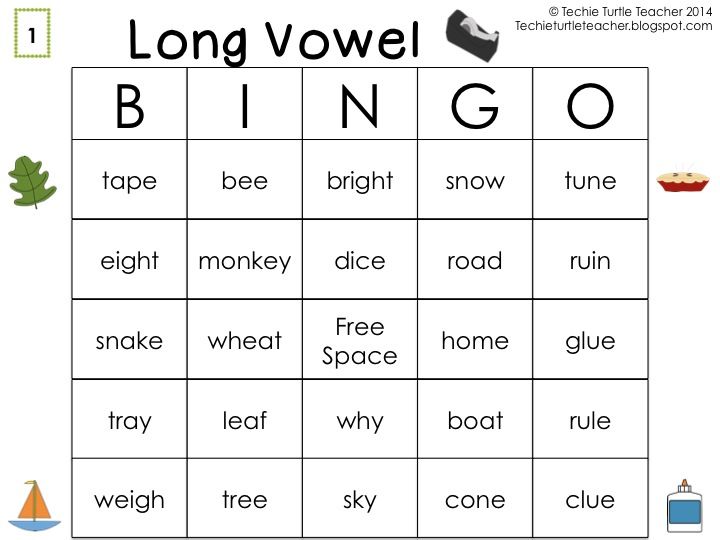
 Y, but with a smaller raising of the tip of the tongue up. The edges of the back of the tongue are pressed against the upper teeth. The sound comes out through the middle of the tongue. E Urope, E Uropean
Y, but with a smaller raising of the tip of the tongue up. The edges of the back of the tongue are pressed against the upper teeth. The sound comes out through the middle of the tongue. E Urope, E Uropean 